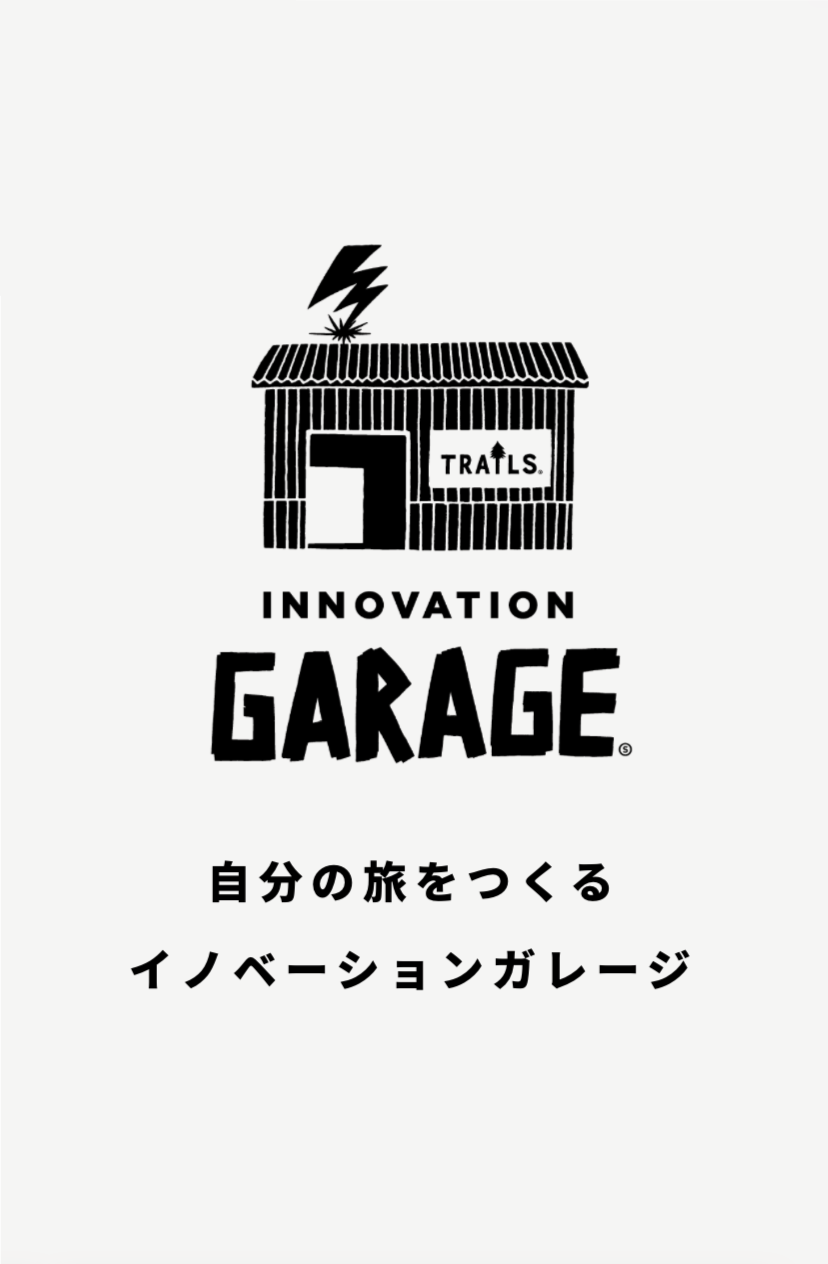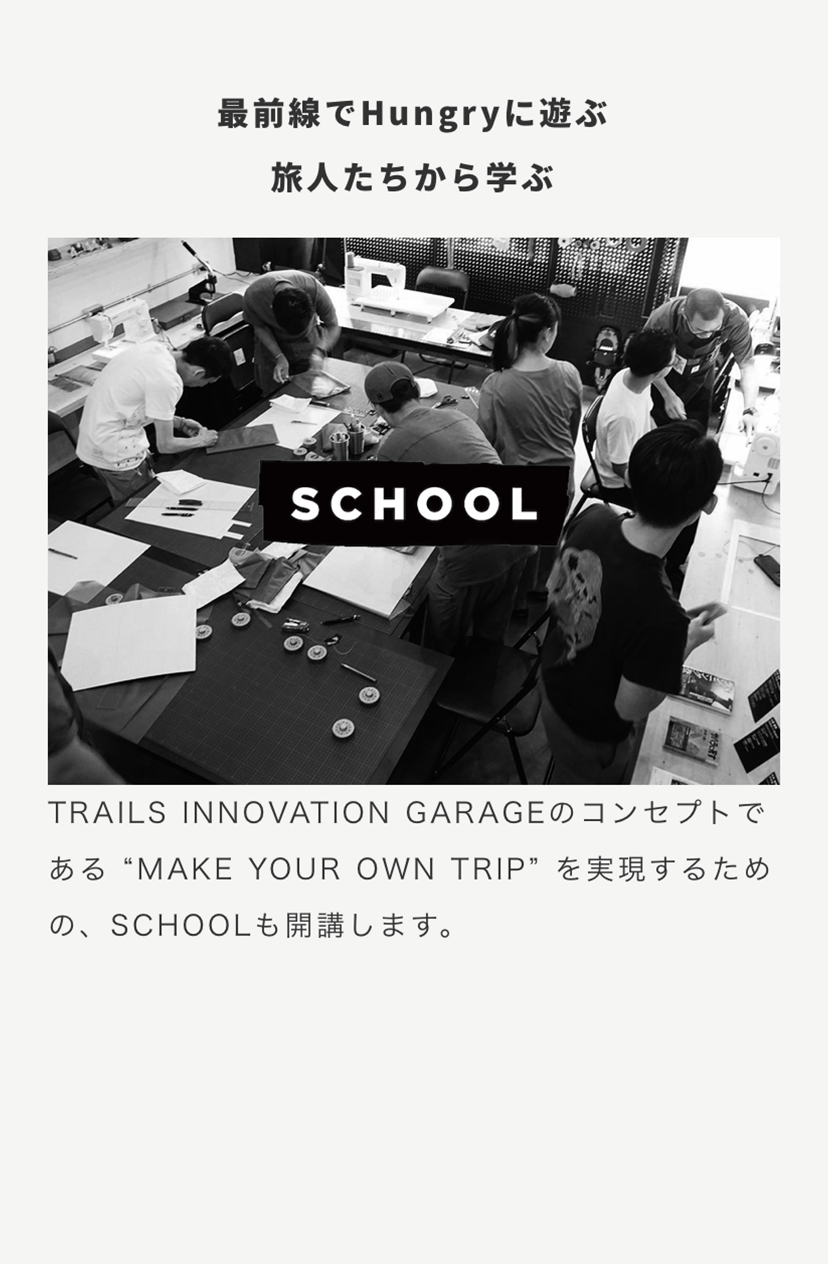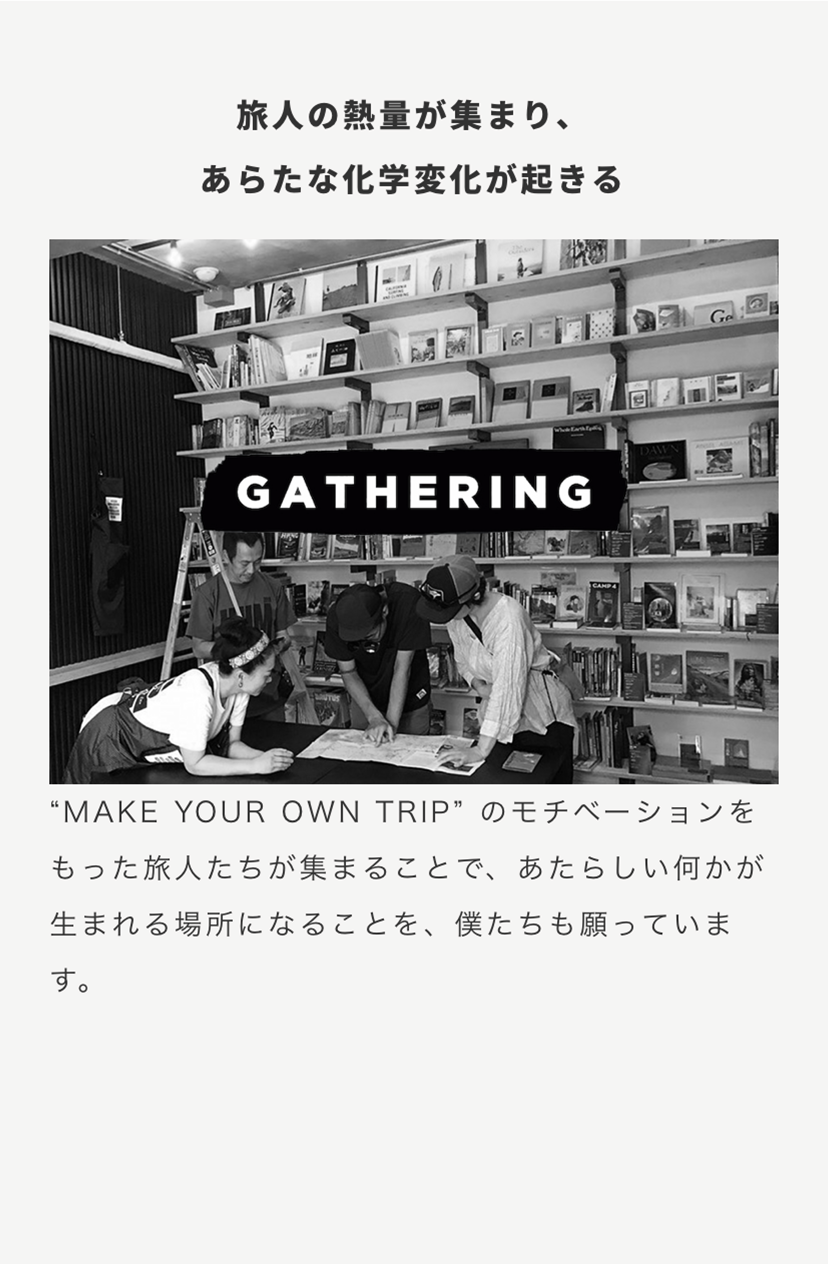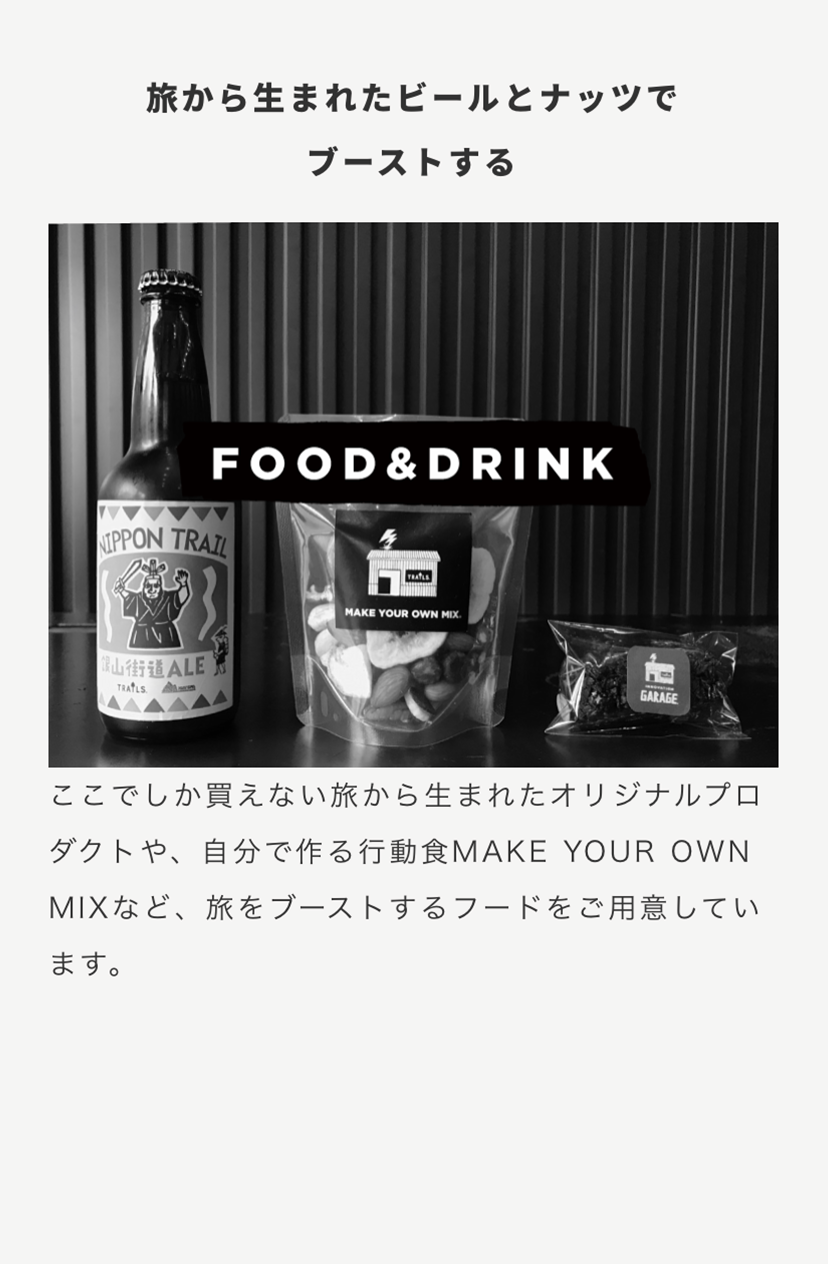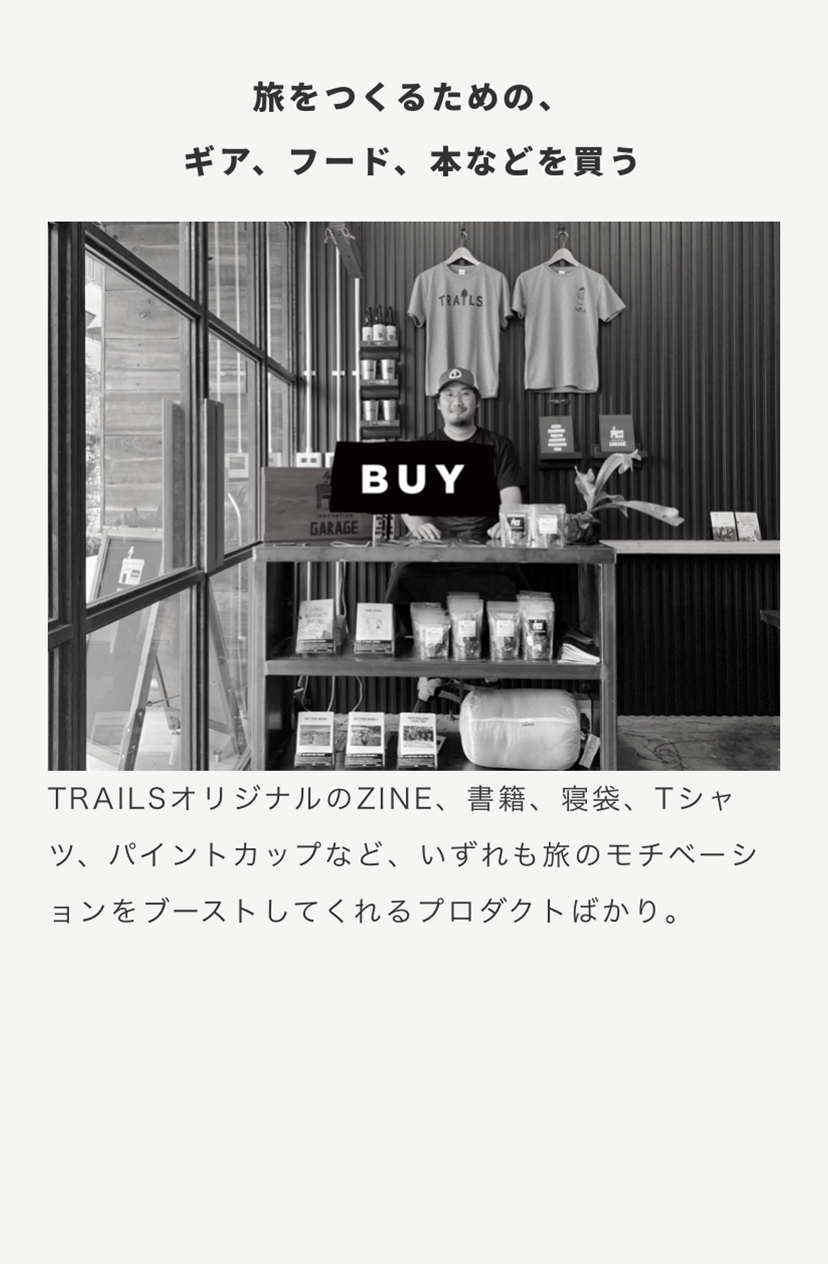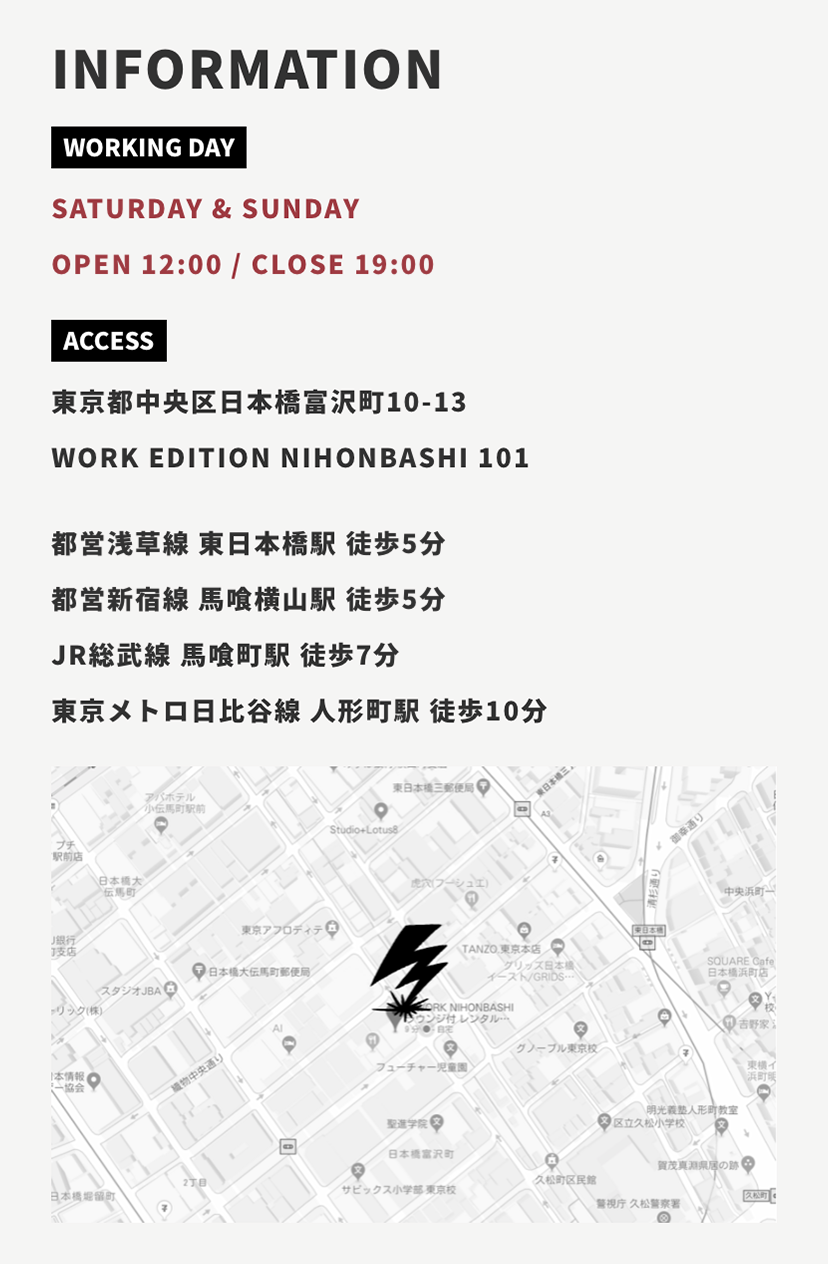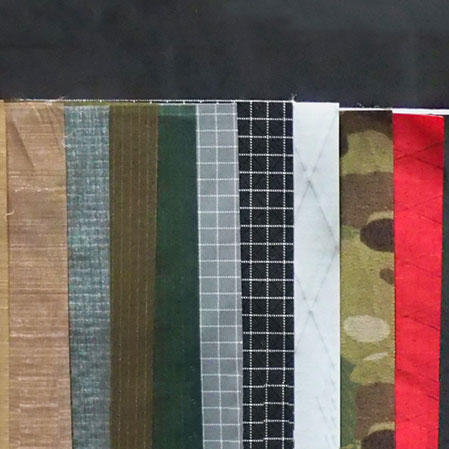スウェーデン・ランガン川 ハンモックを持ってパックラフティング&キャンプ | パックラフト・アディクト #76
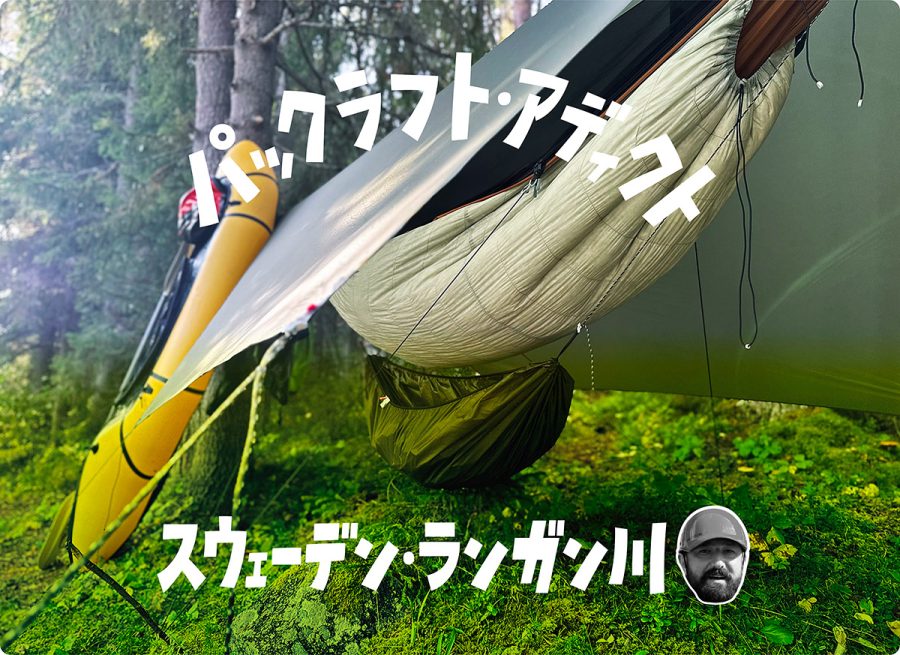
Packrafting the Långan river in Sweden
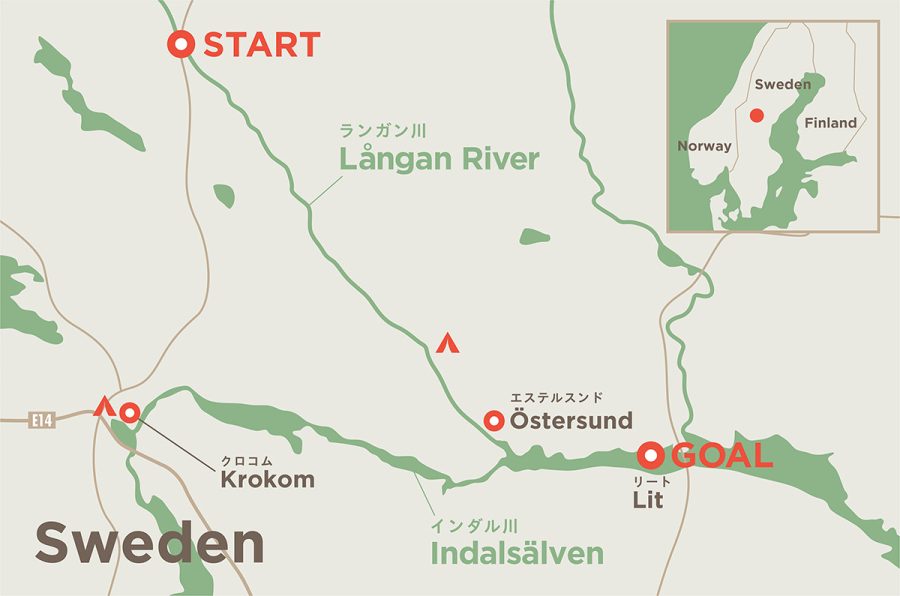
It all started with a delayed plane in Stockholm. It was Saturday, September 16, and I was on my way to Östersund in the middle of Sweden for a Tourism and Hospitality conference, at which I organized a session related to the use of information and communication technologies in tourism. As the conference started on Tuesday morning, I had a “cunning plan” of travelling there on Saturday and spending two and a half days in the Swedish wilderness. I had my brand-new hammock-camping set-up and my trustworthy packraft with me, and I was not afraid to use them. I even found a river that I wanted to paddle. It was the Långan just a bit further north of Östersund. To get to the starting point from the airport was not easy – I would need to change buses a couple of times, but it should be doable. “It’s Sweden,” I thought to myself. “What could go wrong?”
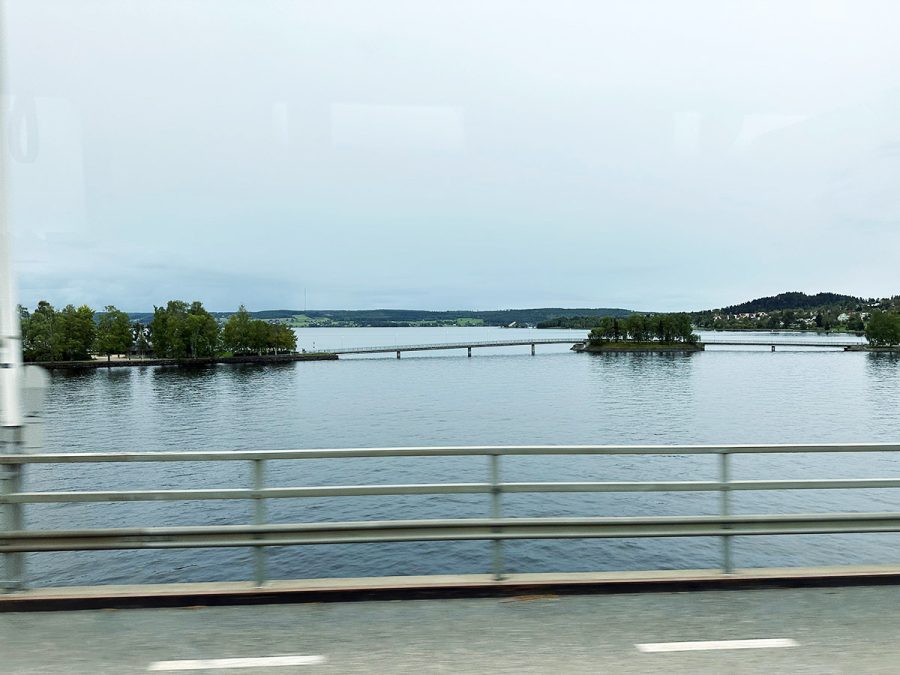
My plane was late. By the time I arrived in Östersund, the bus that I was supposed to take had left and there were no other buses to where I wanted to go that day. As staying in the city was not really something that I even wanted to consider, I had to improvise. I decided to try my luck in hitchhiking. “It’s Sweden,” I thought to myself. “What could go wrong?”
No car stopped. I waited until it started to get dark but I still had no luck. I was surprised as my experience with Swedish people up to than was different. So I googled “hitchhiking in Sweden,” and it turned out that it is not impossible, but not easy either. Later I talked to a shop assistant, a guy in his early twenties, who told me many Swedes were socially-awkward and most of them would not be willing to put themselves in a situation, in which they were forced to have small talk to a stranger in their own car. They would rather smile apologetically to you when they pass you by. And that was exactly my experience as well.
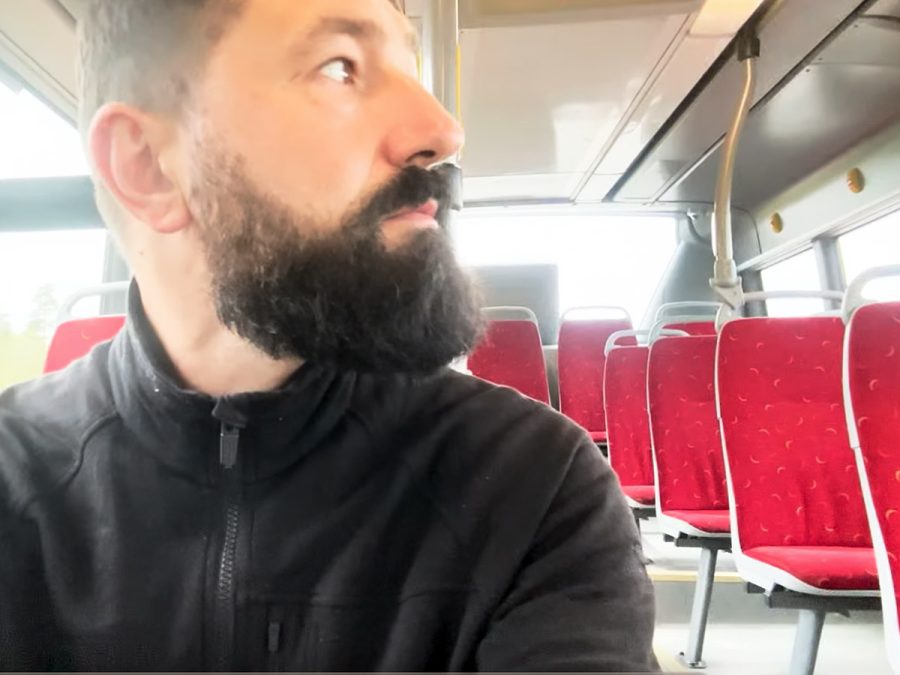
A thought of giving up and staying in Östersund until the start of the conference crossed my mind, but I shooed it away. I was dead set on paddling the Långan river. Even more so, not knowing what were to come next excited me. It started to look like a real adventure.
When preparing at home, my original plan was to paddle a 35 kilometer stretch of the Långan river between lake Landögssjön and the confluence with the river Indalsälven, which at that part looks more like a lake. Now, having done a quick research on my smartphone, I realized that this would not be possible as getting there by public transport would take me over 24 hours and I just did not have that much time. So, instead, I decided to take a local bus that was still running to a small town of Krokom, find a place to camp wild somewhere there, and early the next morning, take a bus that would bring me to the bridge over the Långan river, about halfway between the two “lakes” – Bus 153
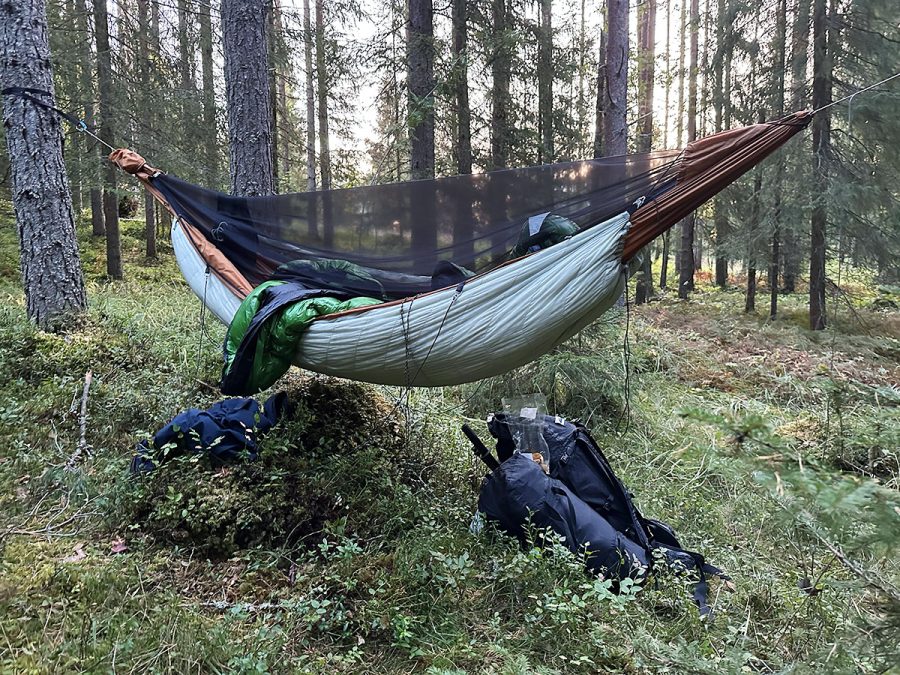
And that was what I did. Well, almost. I took a bus to Krokom, found a small patch of forest not far from its centre, set my hammock and tarp up and spent my first night in it. (Literally my first night – I had just recently got them and had only practiced setting them near my home, but had not slept in them yet.)
The next morning, nicely rested, I got to the nearest stop for Bus 153 and started to wait. And wait. And wait. No bus came. Not at the scheduled time. Not later. Getting a bit nervous, I decided to walk back to the main bus stop in Krokom and try my luck there. Still no sign of Bus 153.
However another bus stopped, and I asked the driver if he knew anything about mine. As it turned out, bus 153 did not operate on Sundays, even though the information in Google maps stated that it would.
“Where do you need to go?” he asked me. I explained to him about the bridge.
“The only way to get there now is by taxi,” he said.
“But where can I find one?”
“That’s me,” he smiled.
As it turned out he was a taxi driver as well. From here on, things started to look up for me. As promised, he came back in 20 minutes to pick me up by a taxi. It took us another 20 minutes to get to the bridge. (He even charged me only the price he gave me originally as an estimate, even though the meter counted almost 200 krona more.) And thus, after all setbacks and doubts, I reached the Långan river, which turned out to be much bigger and wider than what I anticipated.
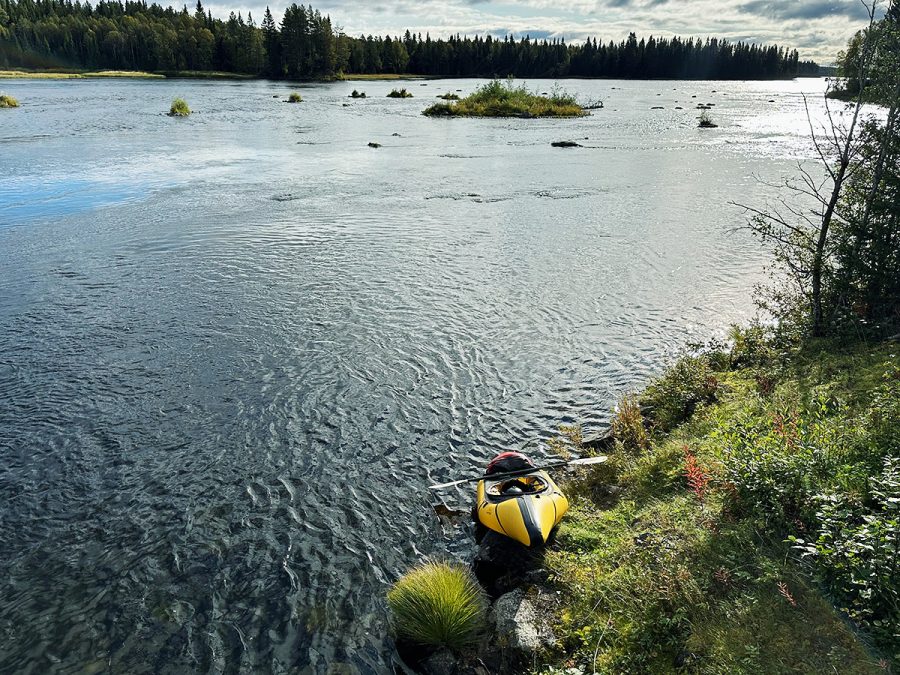
When preparing for the trip, I found relatively little information on the river on the Internet. I took the idea to paddle the Långan from the suggestion on the official website of Visit Östersund, the link to which was sent to us by the conference organizers. There, they also advised to contact the Lits Camping and Canoe Centre for more information. I did just that but I was advised to paddle another river, the Hårkan, which offered possibilities for a multiday trip. When I checked satellite images in Google maps, the Hårkan looked much wider than the Långan, so, in hindsight, I might have made a good choice after all, as large rivers are not always the best for packrafting.
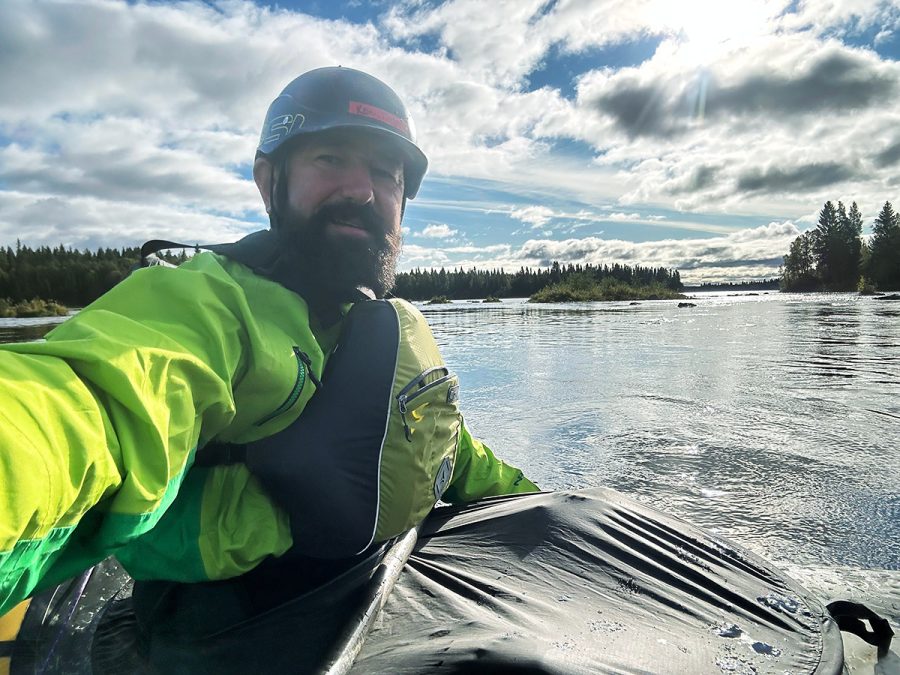
Broad it may be, the Långan river was relatively shallow. At least at this time there was not too much water, but it was still deep enough for me not to have any problems in a packraft. When I arrived, the sun was partially covered by the clouds and there was some unpleasantly cold wind from upstream (which is why I decided to wear a helmet to stay warm). There was also some good current, which meant that I did no have to paddle hard.
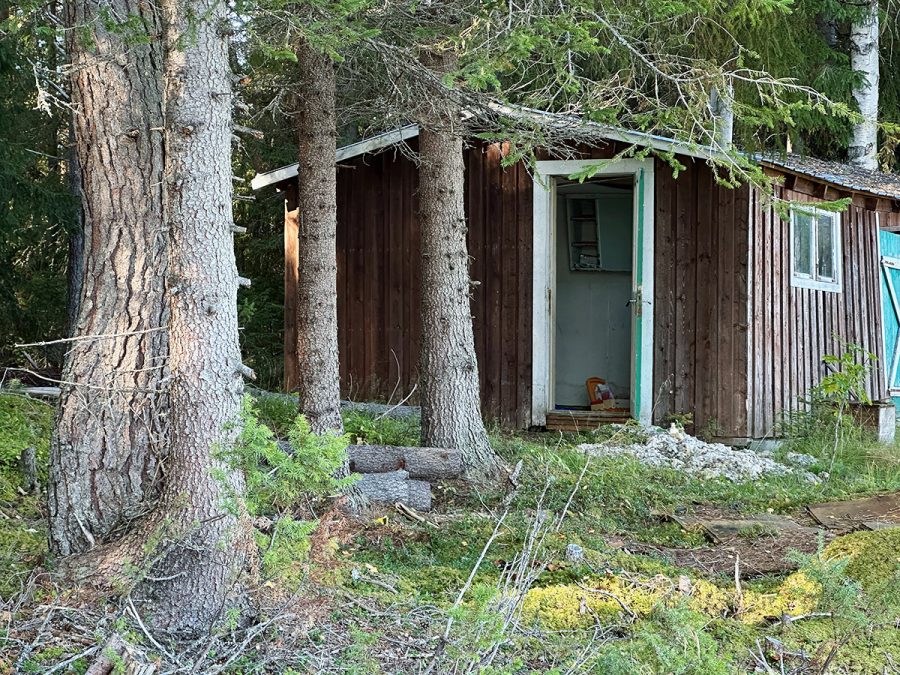
The river banks were covered in mixed forest. Besides the greens of pines, I could also see the autumn yellows of birch trees. From the bridge and all the way down to the confluence with the river Indalsälven, only occasional cabins interrupted the sea of trees and reminded of the existence of people. At the moment all of them were empty – the fishing season had not started and, according to some sources on the Internet, this river is known for brown trout and grayling.
I stopped a couple of times to have a closer look at some of the cabins. One of the them was semi-ruined and almost completely consumed by various mushrooms. Even inside, where the floor used to be, now the fungi ruled supreme. The boat house next to it was in a much better shape though.
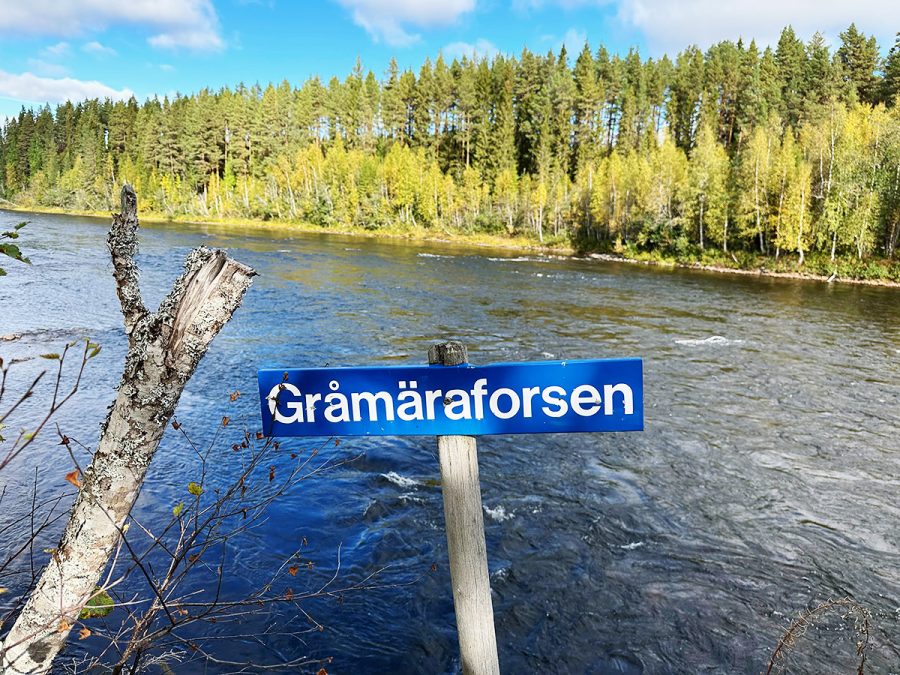
While most of the river was relatively flat, there were a few notable rapids, six of which were named: Gråmäraforsen, Holmforsen, Bötelsforsen, Sladderforsen, Klöstafallet, and Brattbacksströmmen . I paddled four and portaged two of them. The first two were simple Class I, which could be paddled without scouting. Had I not seen the names on the map I found in a shelters next to Gråmäraforsen, I would not even have considered them to be any special at all. (Interestingly, you can find only this first rapid on Google maps.)

The third one was Bötelsforsen, which I scouted before running. This rapid cuts across the width of the river and has a small, bit noticeable drop. It really remined me of the drops on the rivers I paddled in Croatia (please see my previous article). And that is no coincidence as similarly to those rivers, the Långan river also runs through the area rich in limestone.
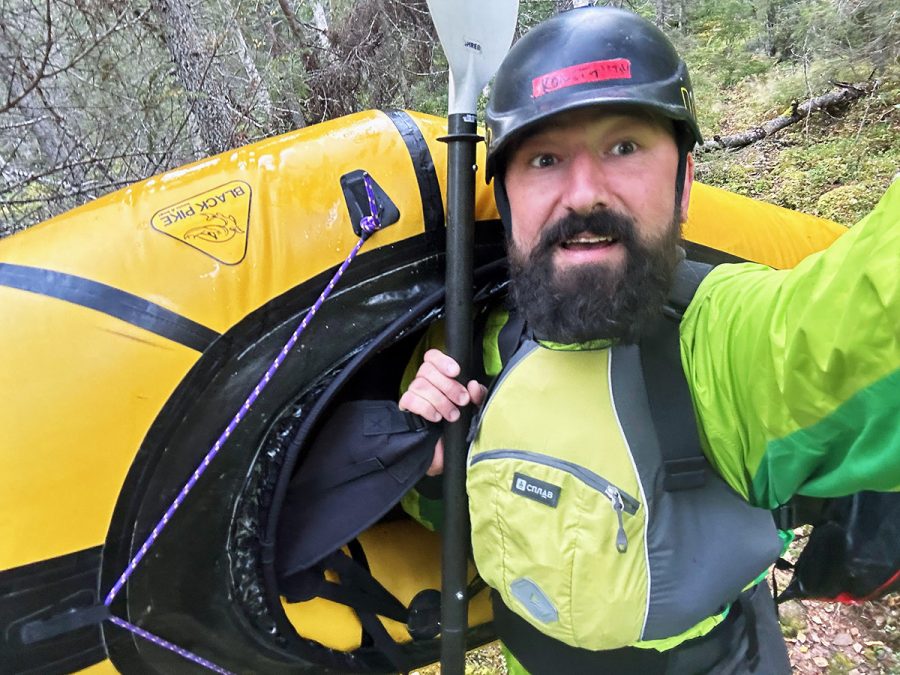
The next two rapids were different though. Sladderforsen, which is about three kilometers downstream from Bötelsforsen, is a beautiful stretch of water with small islands and falls, some of which looked like I could have paddled, while other were out of my comfort zone. Having scrutinized the river from various angles and having weighed all my options, I decided to play safe and portage it. The path next to the river was well-walked. I also spotted trails of a moose.
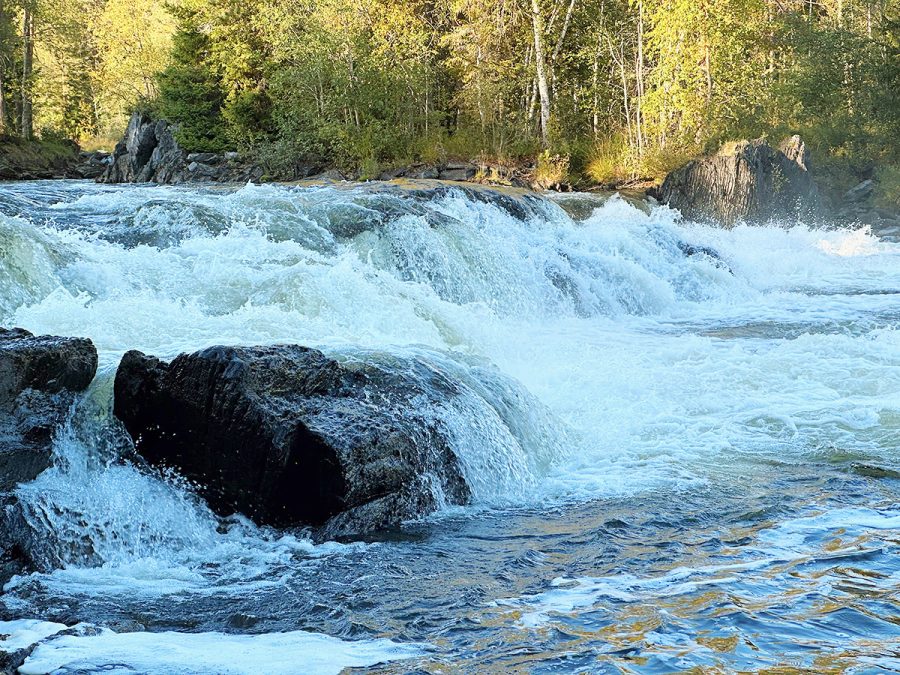
Some four kilometers further, I arrived at the next rapid, Klöstafallet. It looked challenging, but doable. After some small drop and a wave train, the river went around the bent and calmed down. Or so it seemed, because when I walked closer, I realized that the calm water was a pool below a 2 meter drop that did not have a clear line to run it. When I saw this, somehow it made me laugh out loud at my initial assumption as I was really about to do it. (I should have gotten a clue from the name – “fallet” means a fall, while “forsen” stands for rapids.)
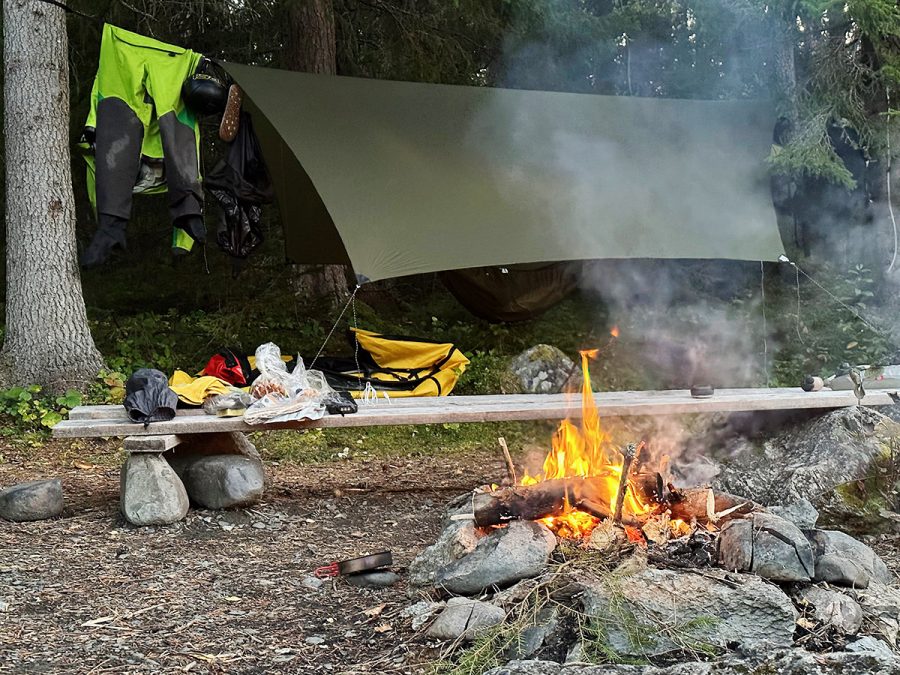
As it was already getting late, I decided to call it a day and stop for the night there. I found a couple of nice pines next to a beach and hung my hammock between them. Next to it there was an improvised bench and an old fire ring that I used to start a small fire on which I cooked my simple dinner. It was a combination of a rice dish from Japan, Spanish-style dry sausages from the Netherlands, and flat bread and cheese in a tube from Sweden. The second night in my hammock was even better. It could have been the 17 km that I covered that day, or the warm meal, or the white noise of the water, but I fell asleep almost at once.
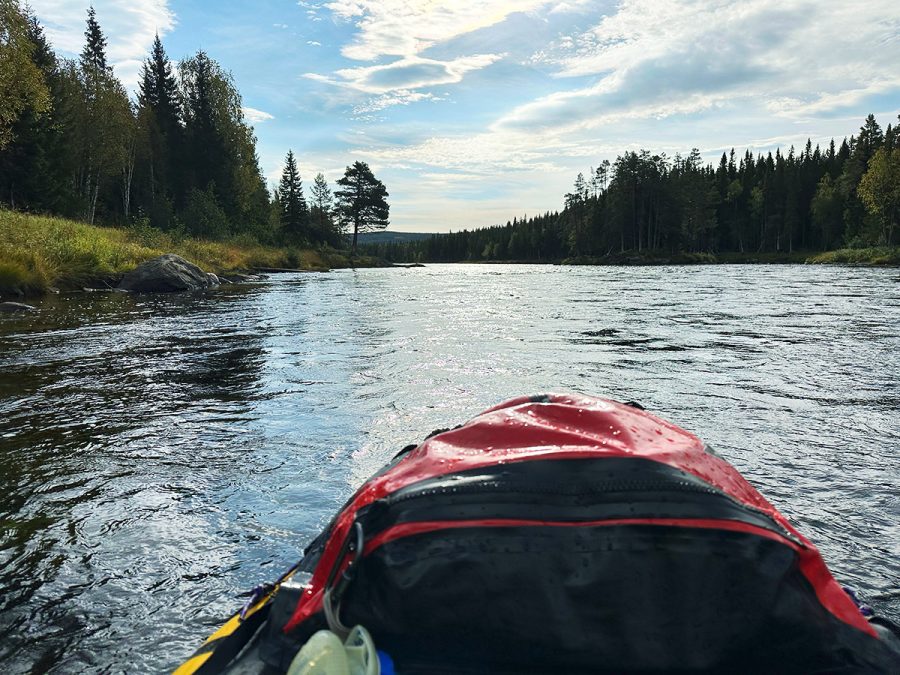
The next day, I had just over 3 km to paddle. The Brattbacksströmmen rapids (“strömmen” means current) that I ran without scouting were just a short distance from where I spent the night. After that the Långan leveled out, slowed down and joined the Indalsälven river. Just before it did, there were two bridges. The first one was a car bridge, which looked like it was closed for maintenance. The second one was an old railway bridge built in 1910. I stepped out to explore it – there was a large nest made of sticks on top of one of the trasses. Around there, I saw the traces of beavers as well.
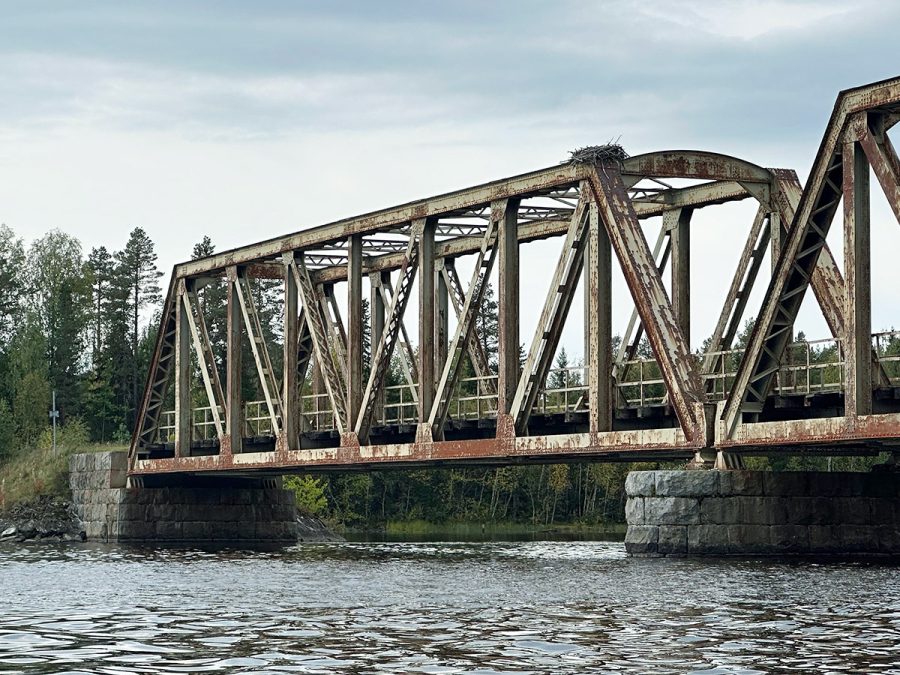
After the railway bridge, the Långan joined the Indalsälven. It was so broad here and there was not much current so it felt really like paddling on a lake. In the stark contrast to the Långan, I could see houses everywhere. It was clear that I left the wilderness behind. Far ahead I could see another bridge. It was the town of Lit, from where I needed to take a bus back to Östersund.
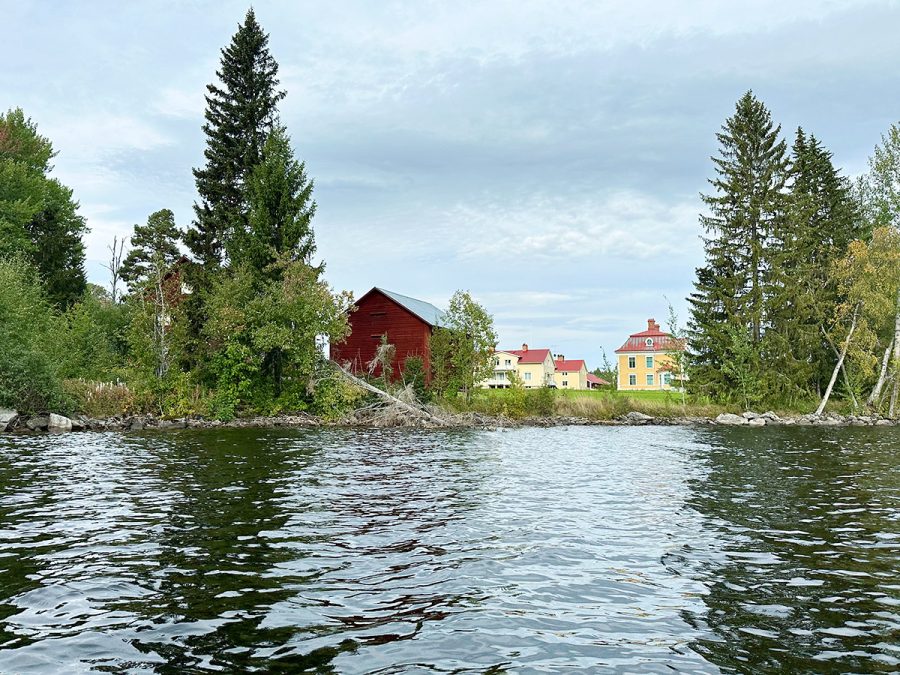
“800 paddle strokes” I made a prediction of how long it would take me to get there and started to count. “One, two, three…” I usually do this to distract myself when I have to paddle long distances on lakes. “256, 257, 258…” Weak but persistent head wind did not make it any easier and forced me to paddle hugging the banks, and only sometimes crossing some “bays”. “702, 703, 704…” Counting made me focus on paddling and helped me to stay motivated. Whenever I stopped to take some pictures or rest for a moment, I was slowly pushed back. “1088, 1089, 1090…” I just had to count and paddle on. Lake paddling is no fun.
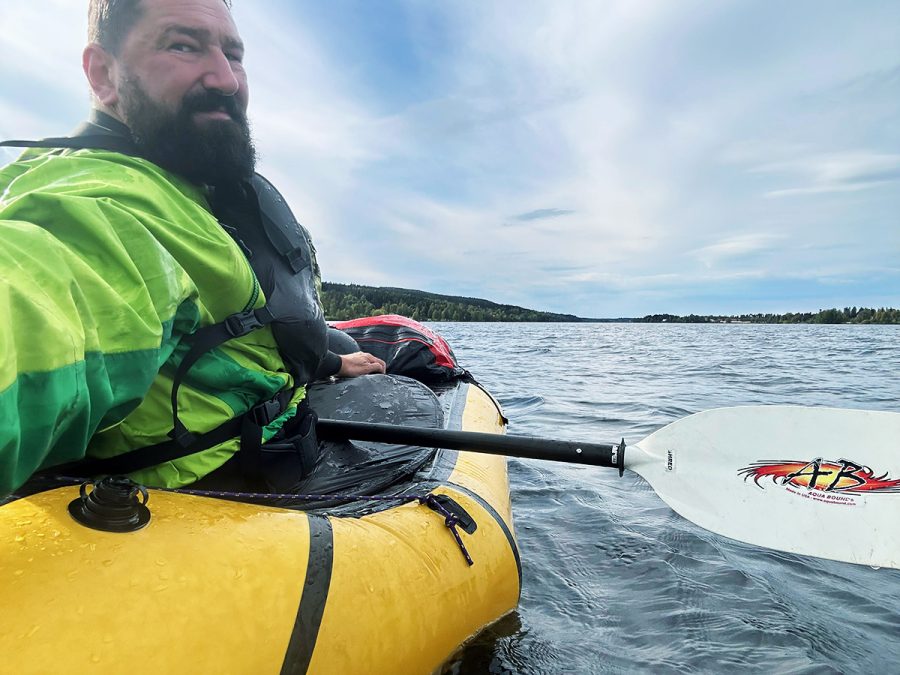
It took me over one and a half hours and close to 1,500 paddle strokes to cover the 5.5 km before I reached that bridge. Originally, I was hoping to paddle all the way up to Lit Camping and Canoe Centre that I contacted for more information. But I was just done with it. I also checked the bus schedule, and it turned out that the next one to Östersund would leave from a bus stop close to where I was in just over 25 minutes, after which there was a several hour break.
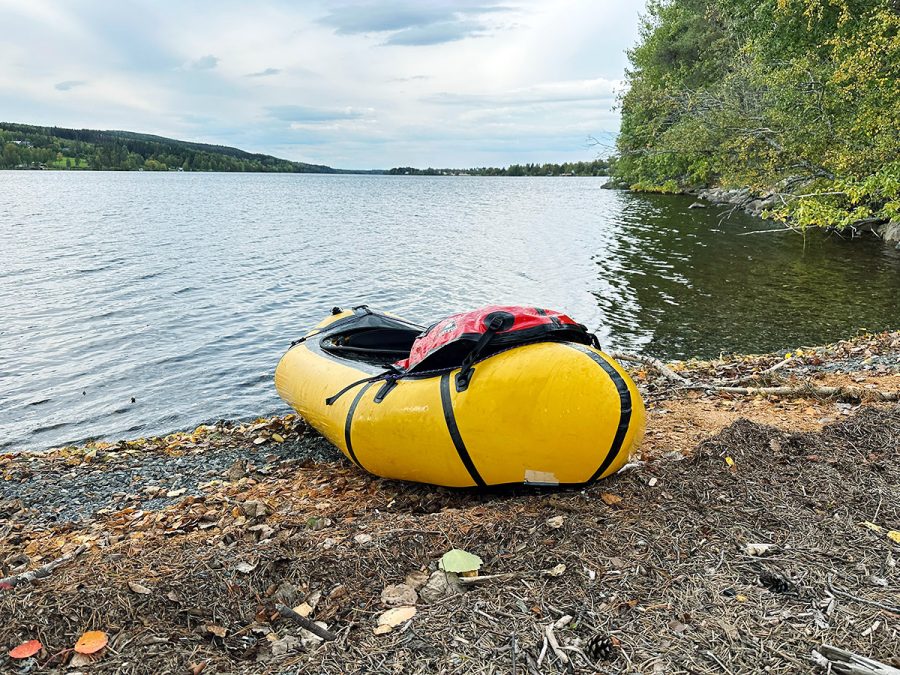
And so, without further ado, I took out the packraft, deflated it, changed out of the drysuit and into my clothes, packed everything in my backpack and ran to the bus stop, where the bus was already waiting. It was the fastest “clean-up” I have ever had. And you know what? This time, Google was correct.
PS – During my session at the conference, we talked about the trust that people put in their smartphones. A Swedish participant joked that if someone wanted to experience a real adventure, all they needed to do was to rely on Google maps in the north of Sweden. And my experience really attests to this.
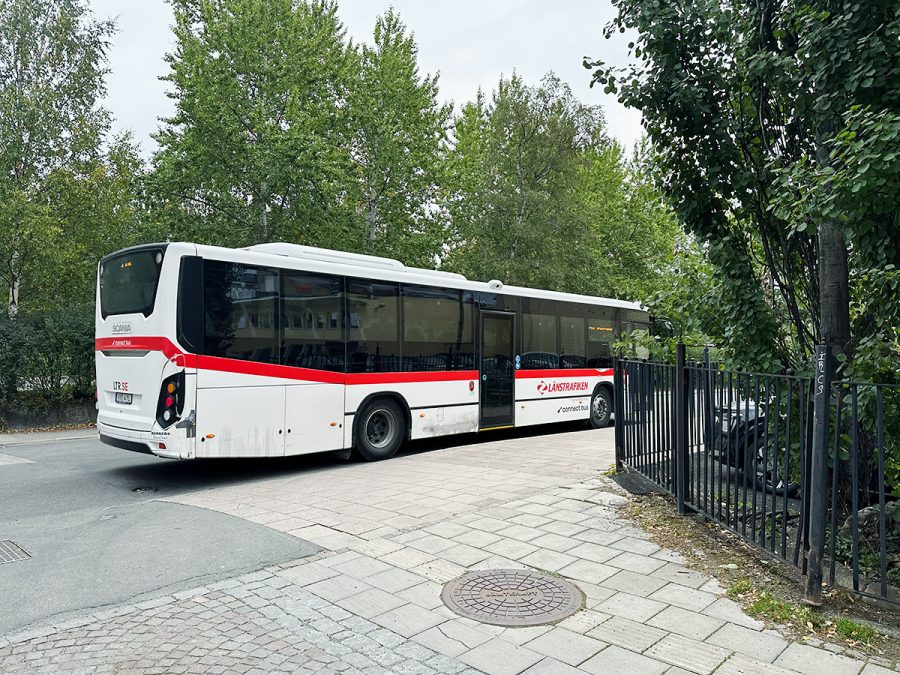
- « 前へ
- 2 / 2
- 次へ »
TAGS:

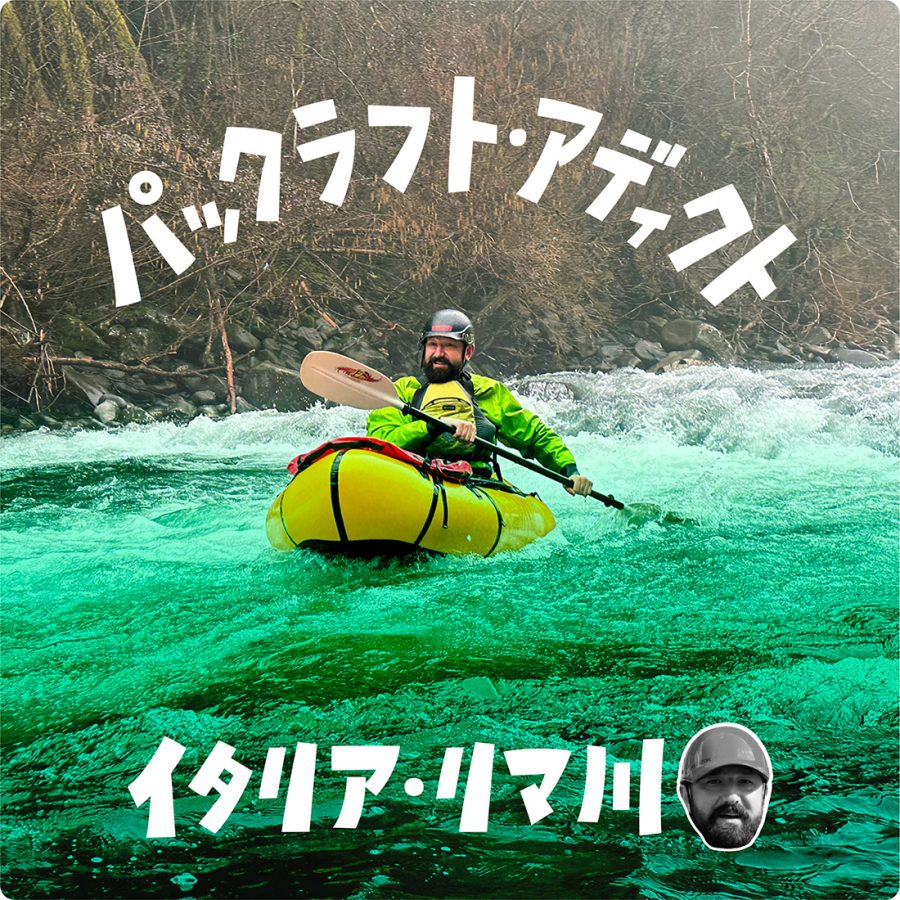
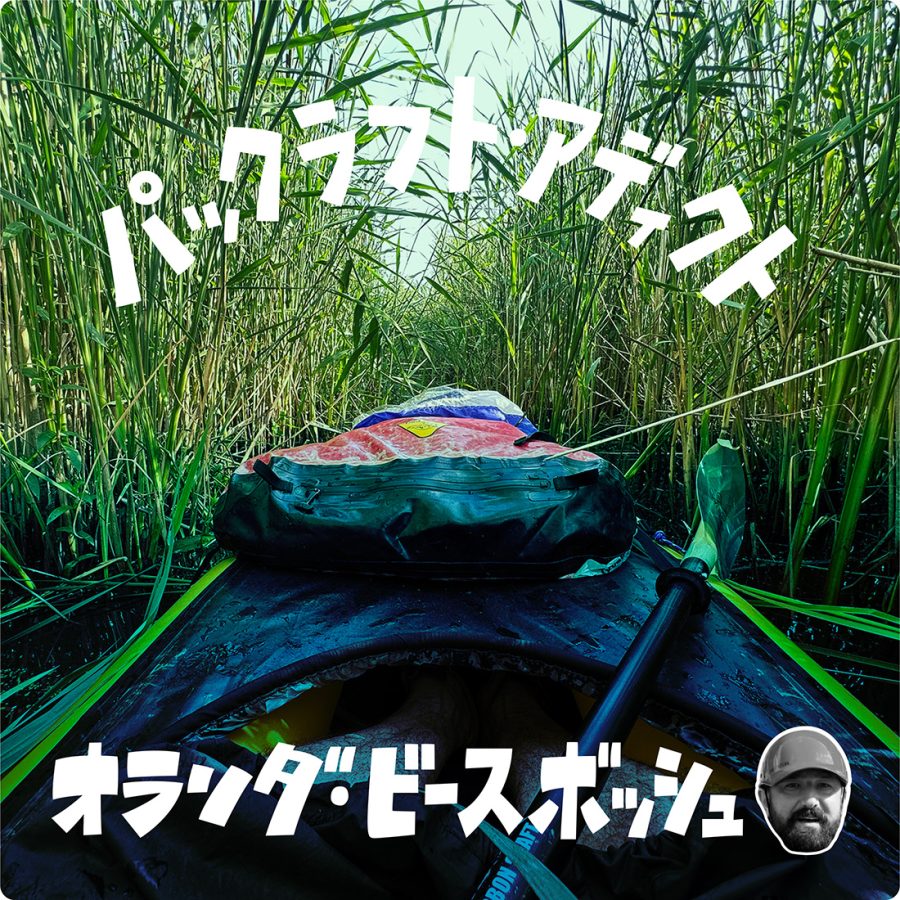
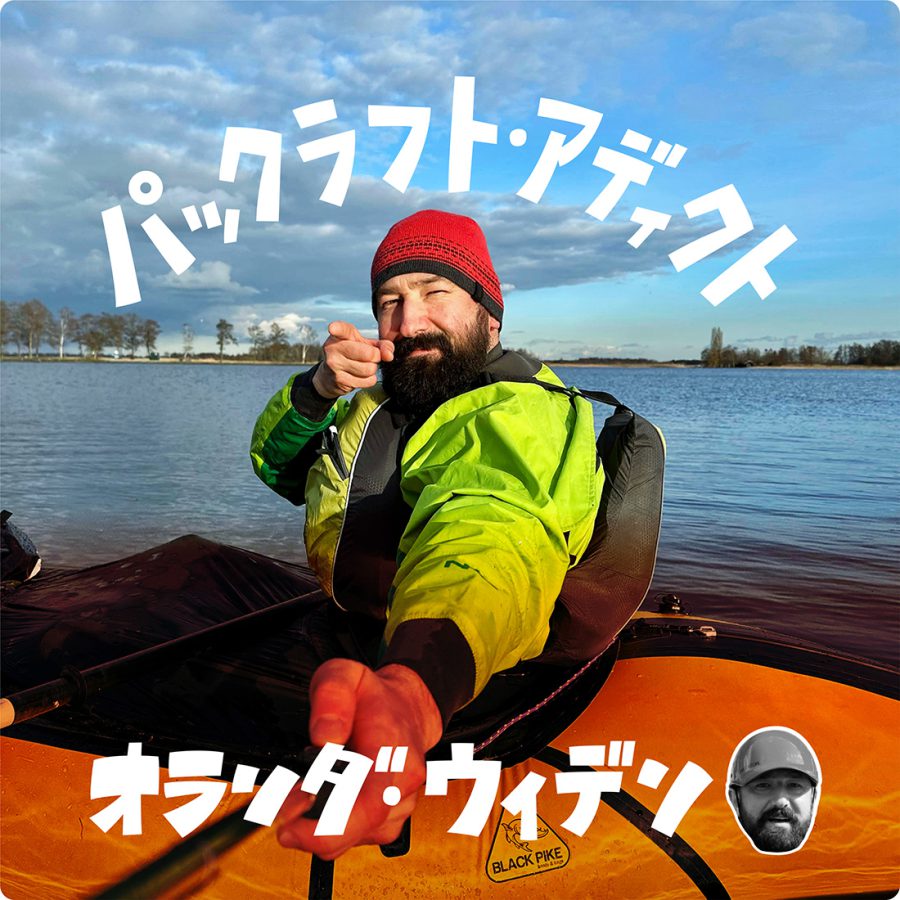
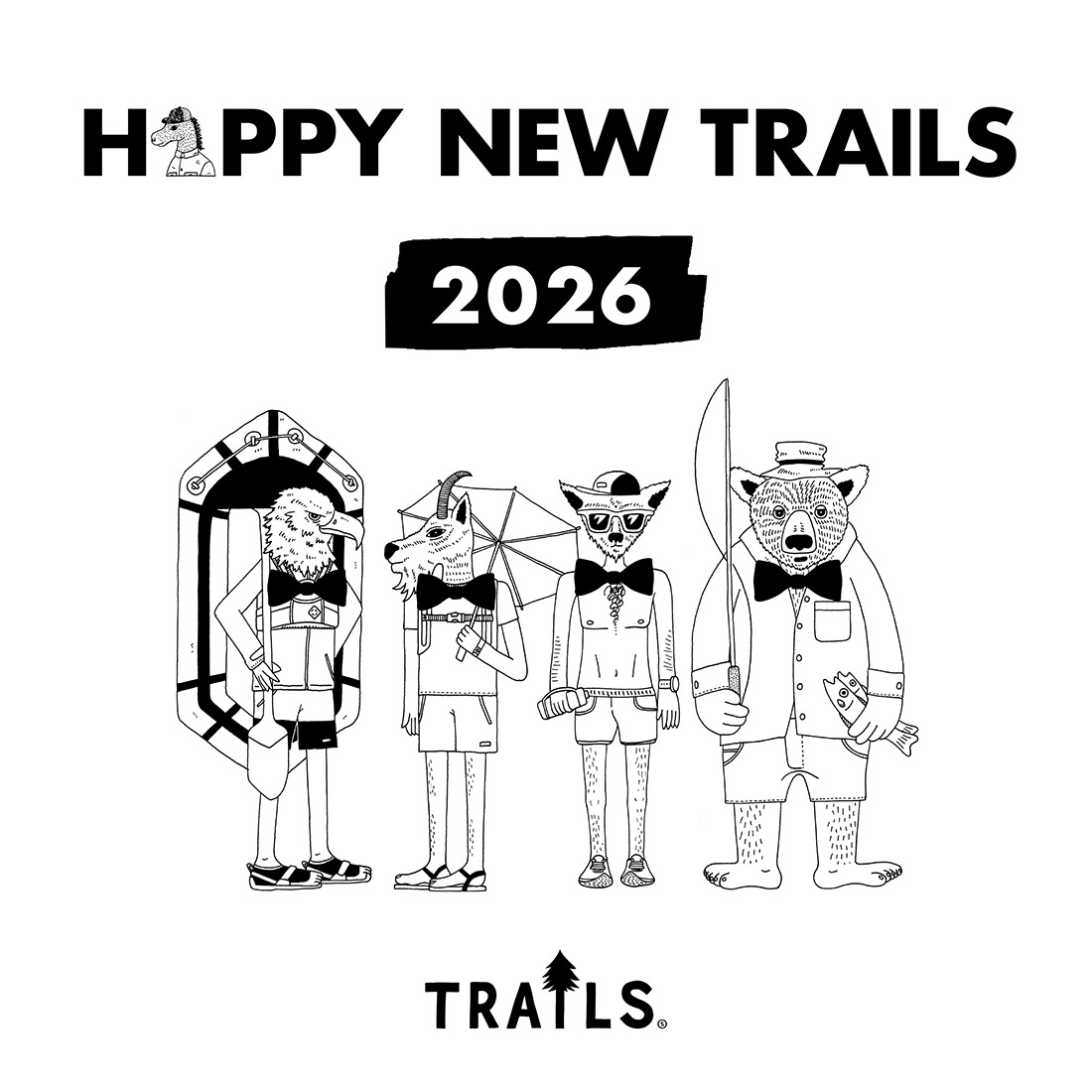
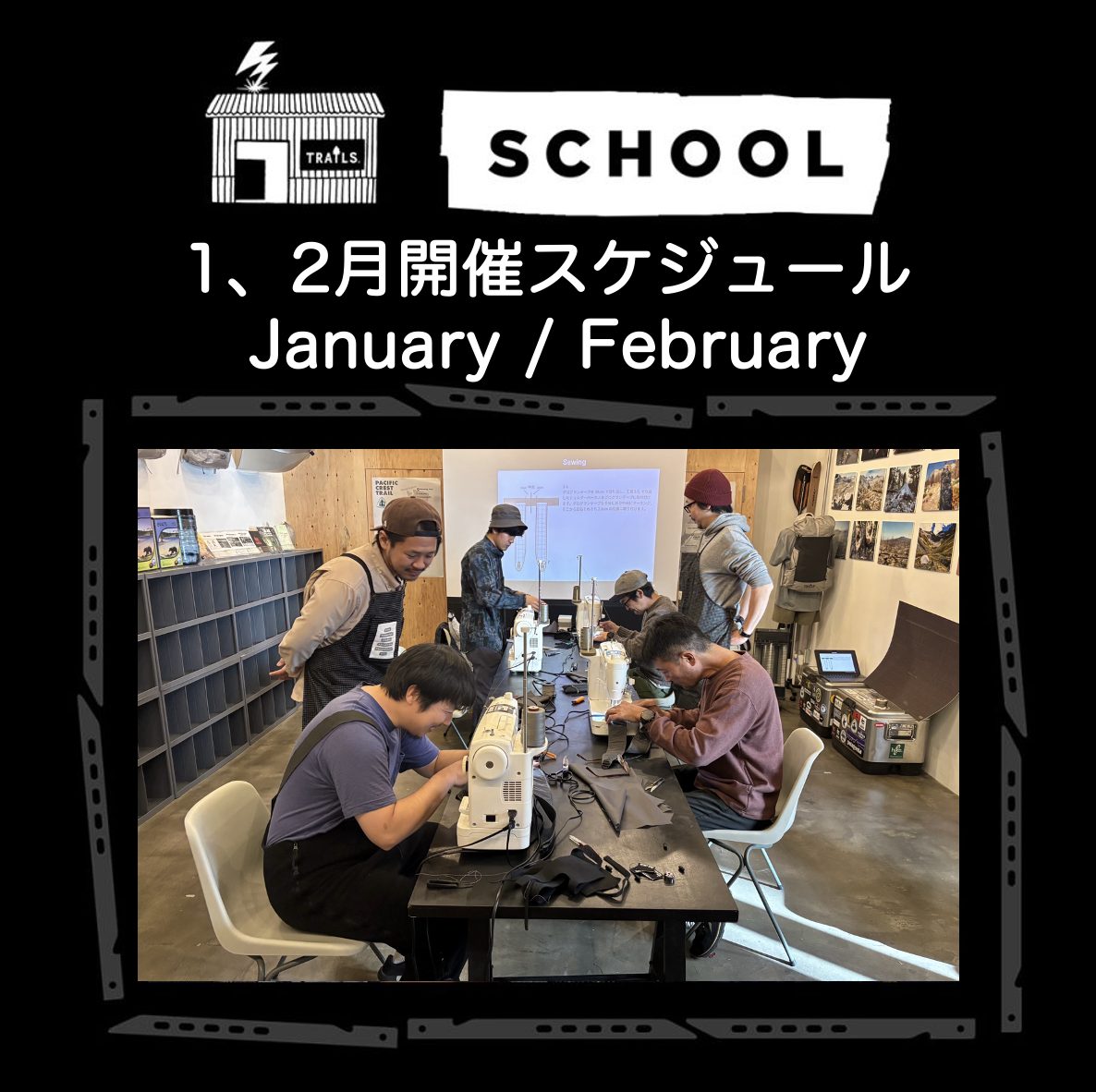
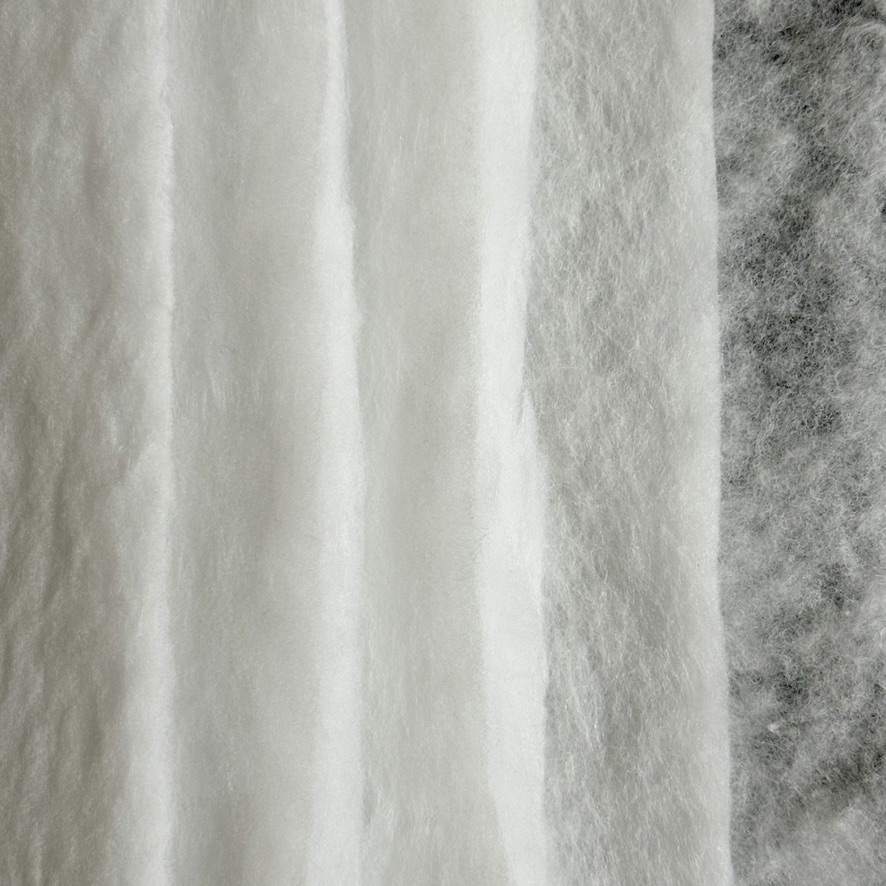
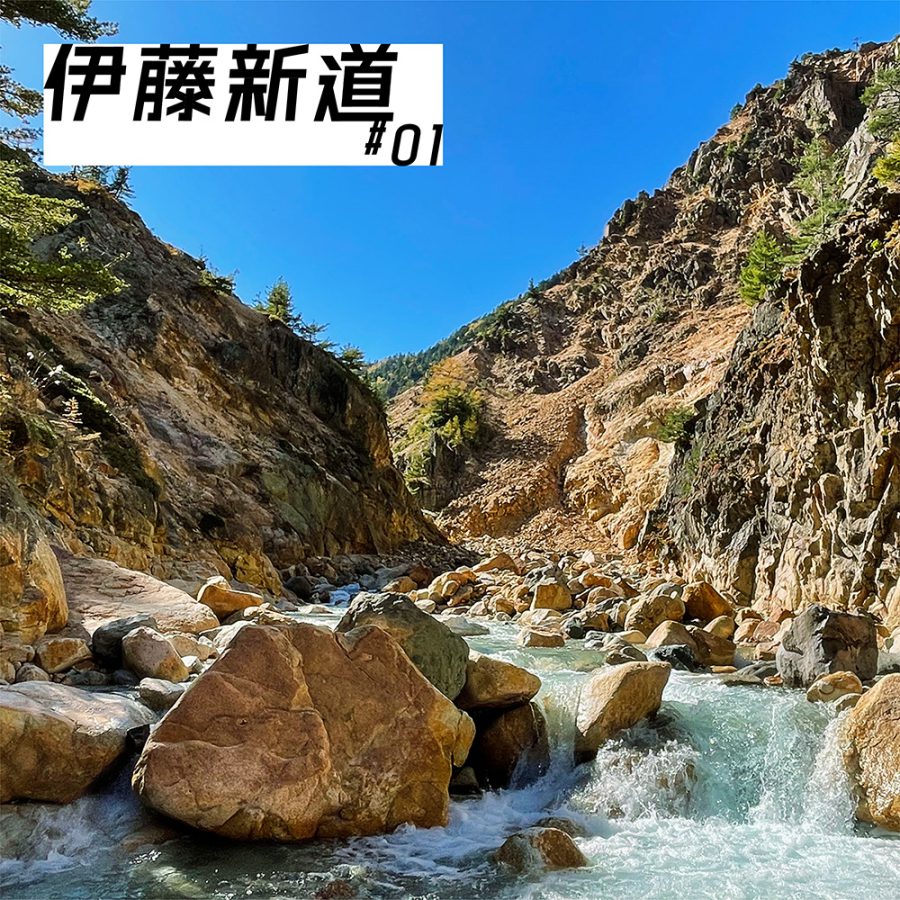
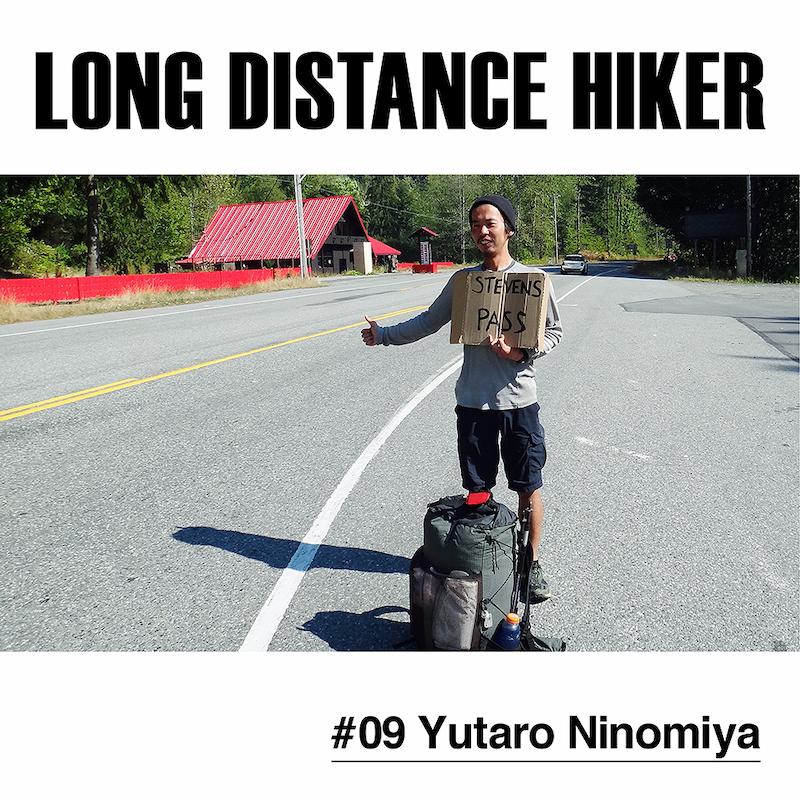
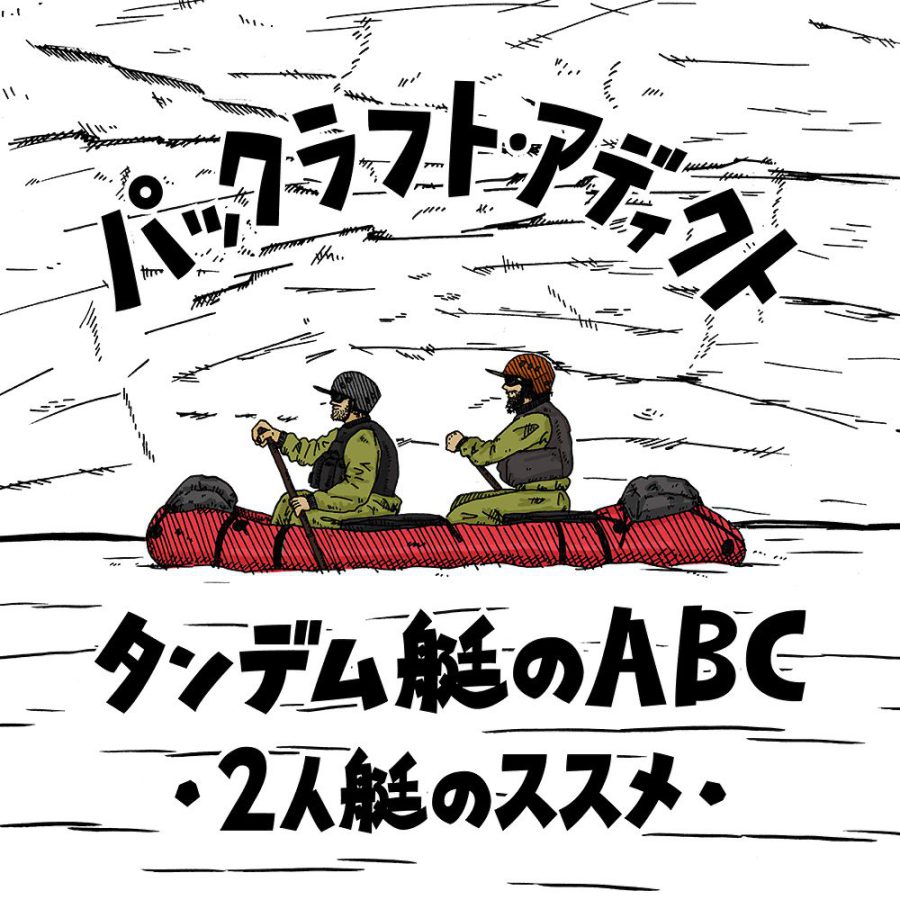
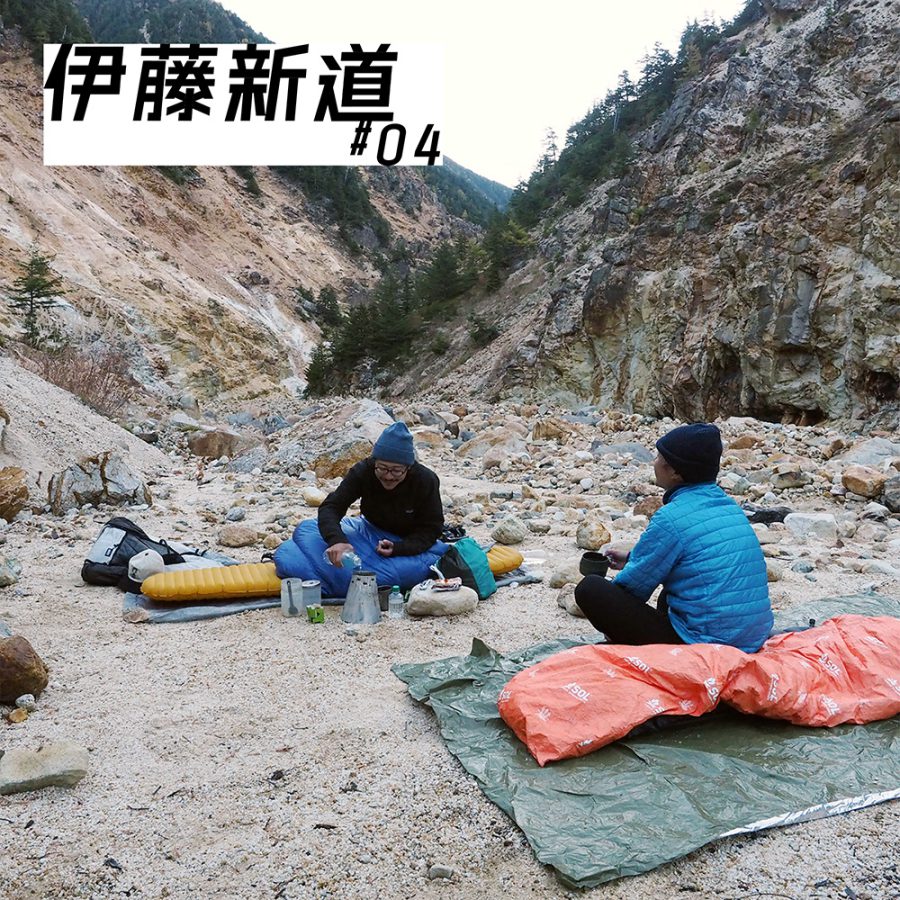
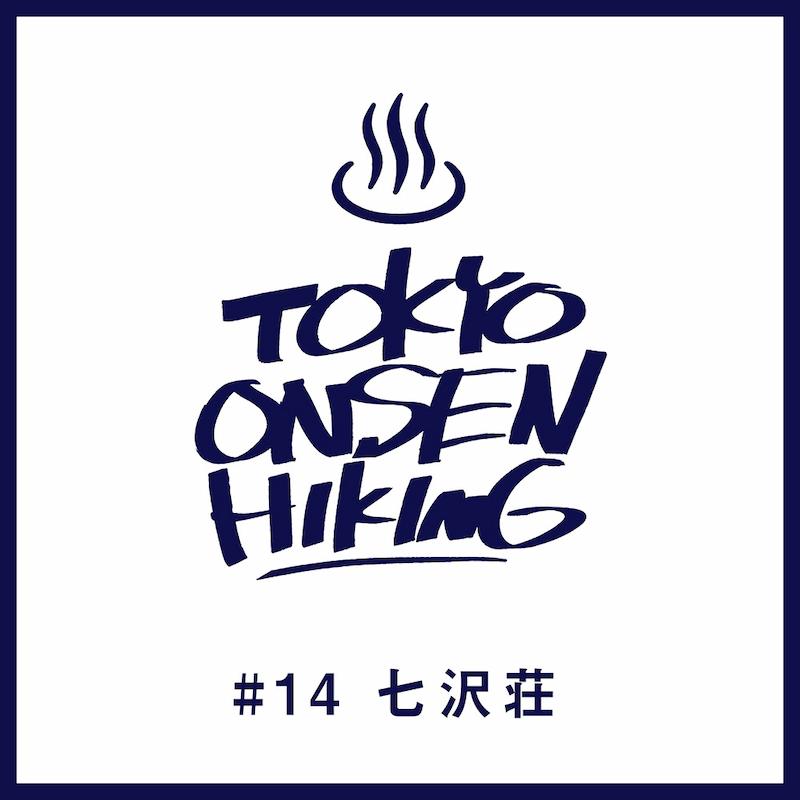

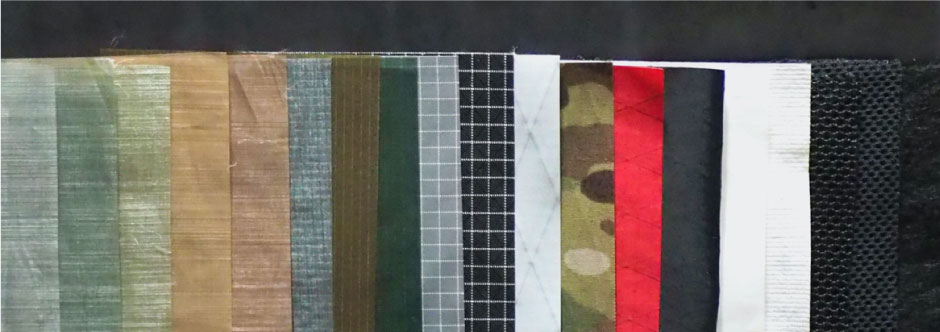
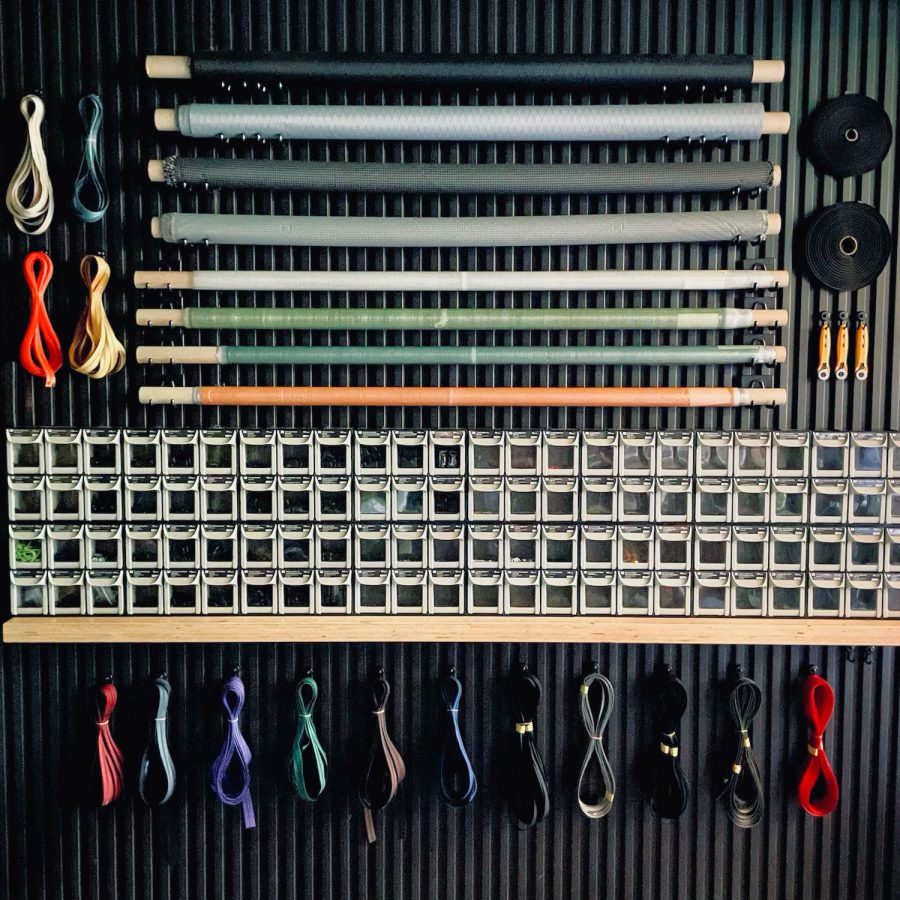 ULギアを自作するための生地、プラパーツ、ジッパー…
ULギアを自作するための生地、プラパーツ、ジッパー… 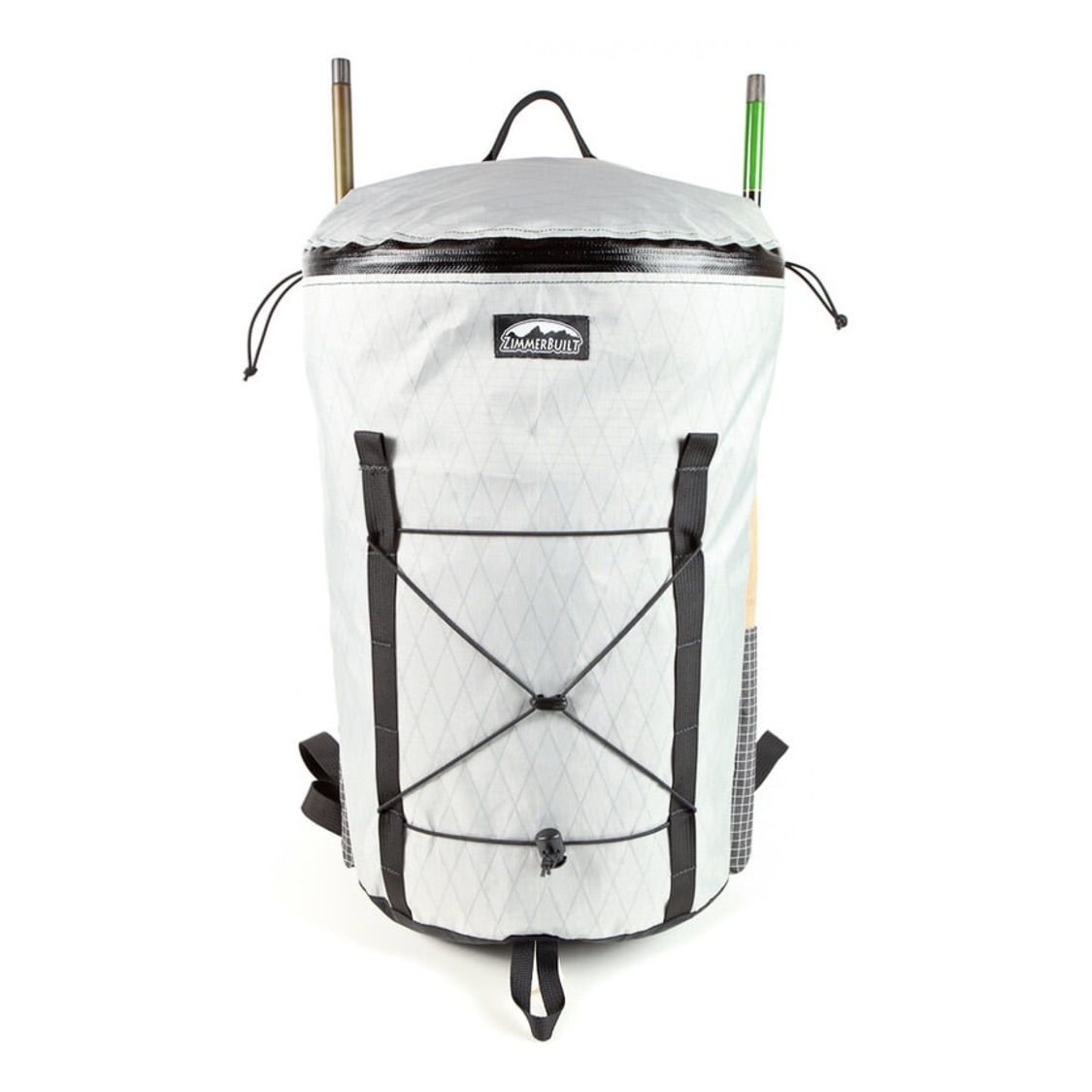 ZimmerBuilt | TailWater P…
ZimmerBuilt | TailWater P… 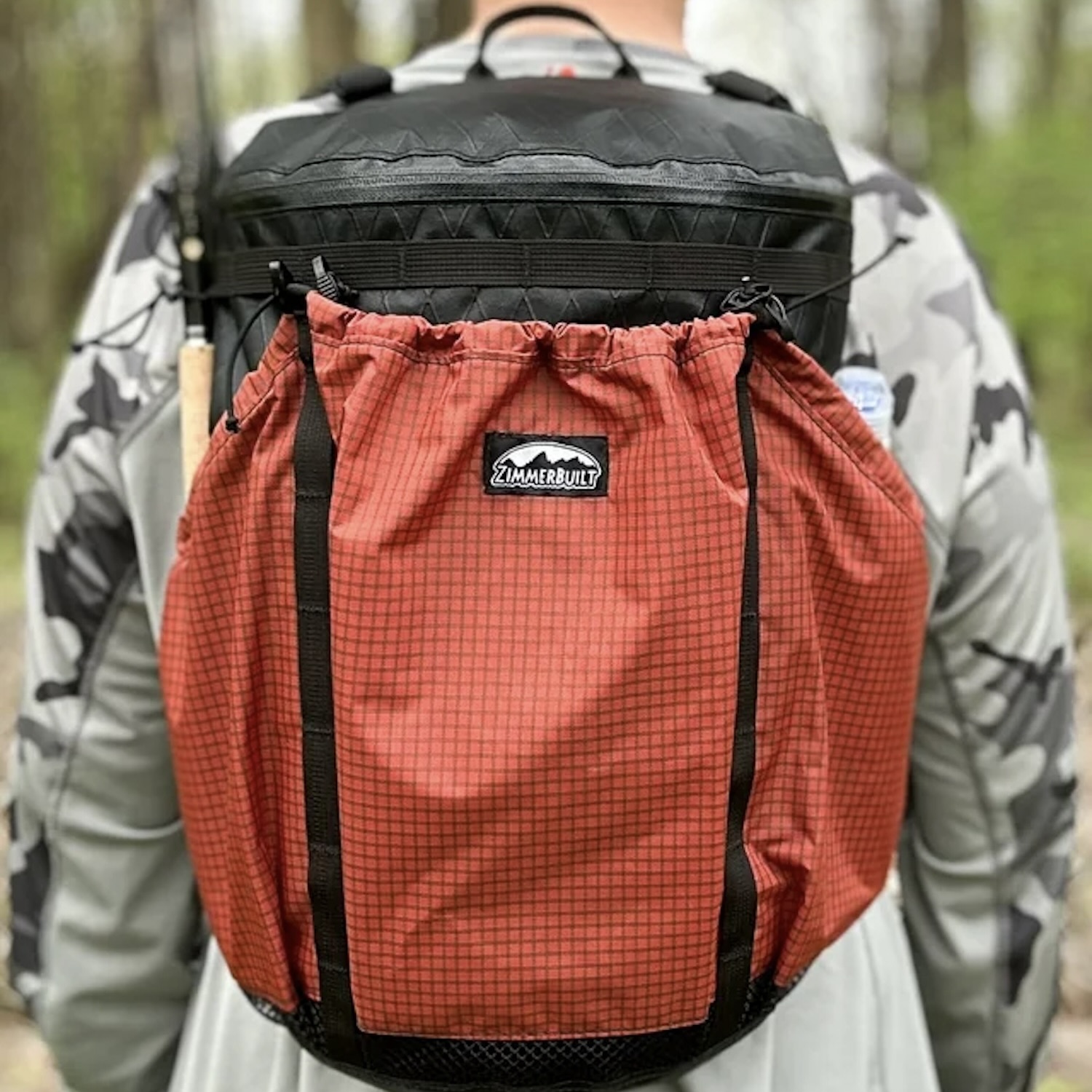 ZimmerBuilt | PocketWater…
ZimmerBuilt | PocketWater… 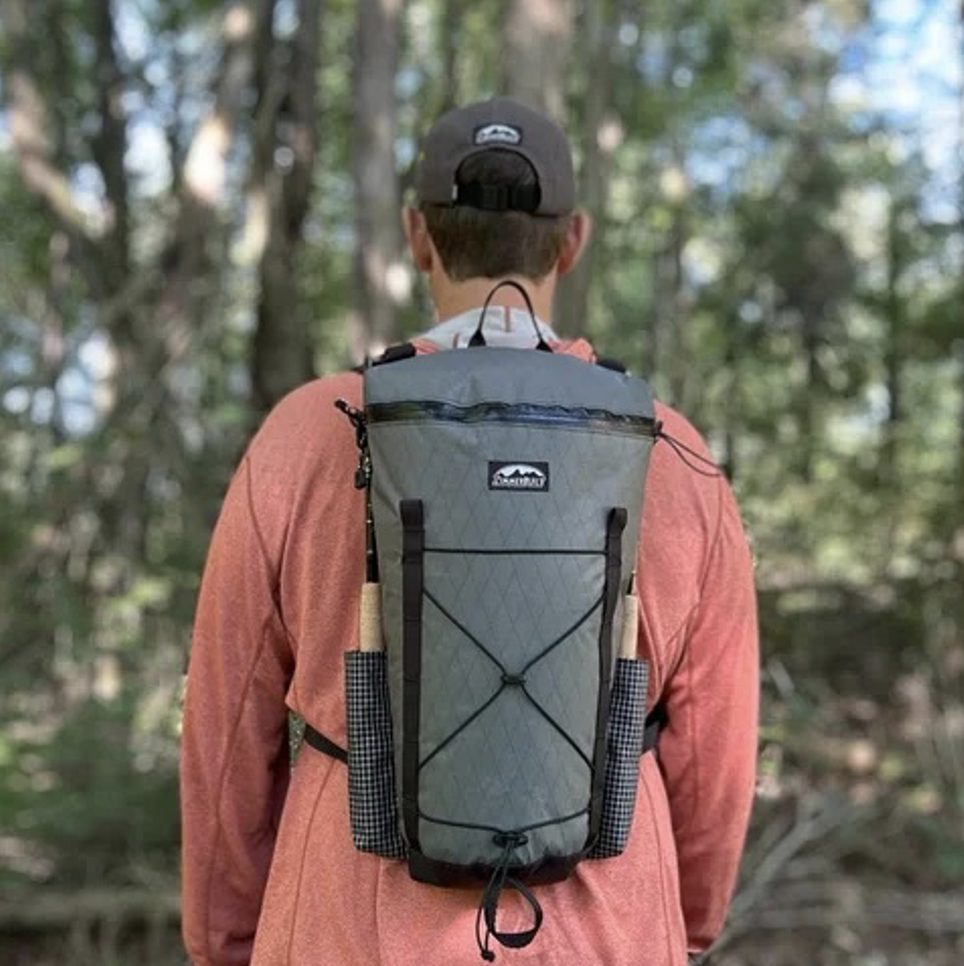 ZimmerBuilt | DeadDrift P…
ZimmerBuilt | DeadDrift P… 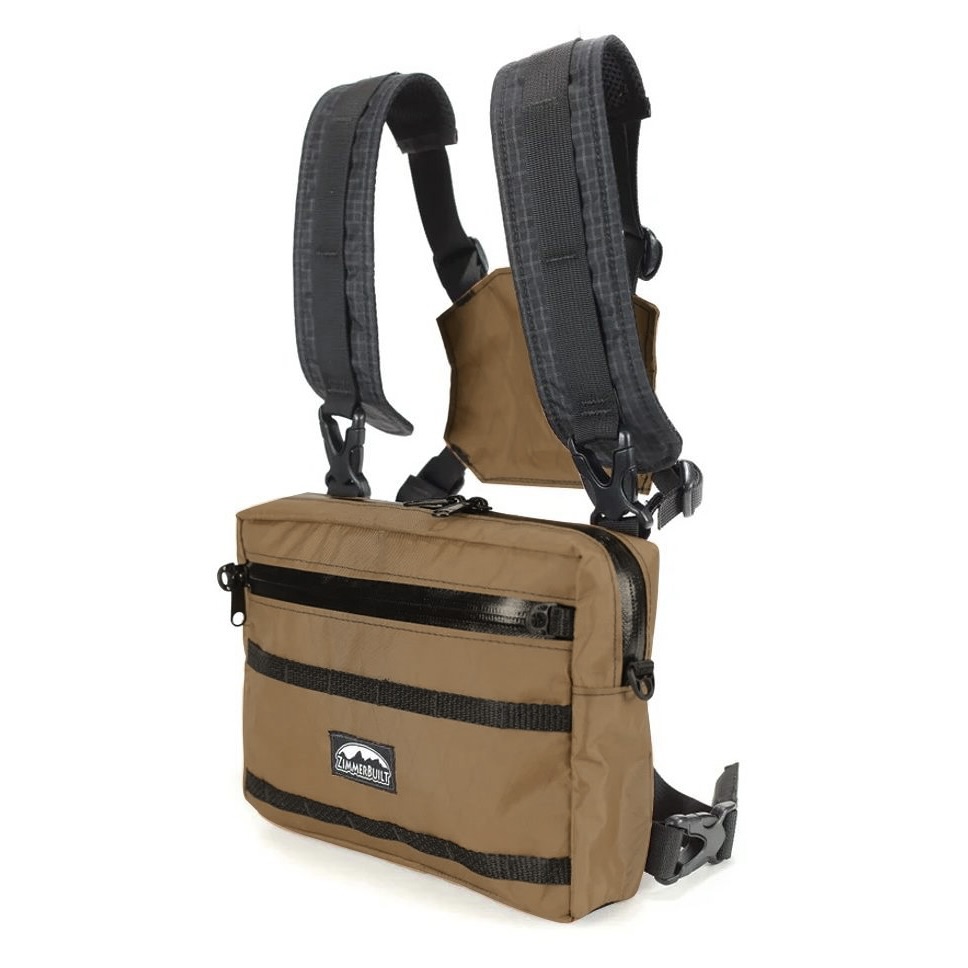 ZimmerBuilt | Arrowood Ch…
ZimmerBuilt | Arrowood Ch… 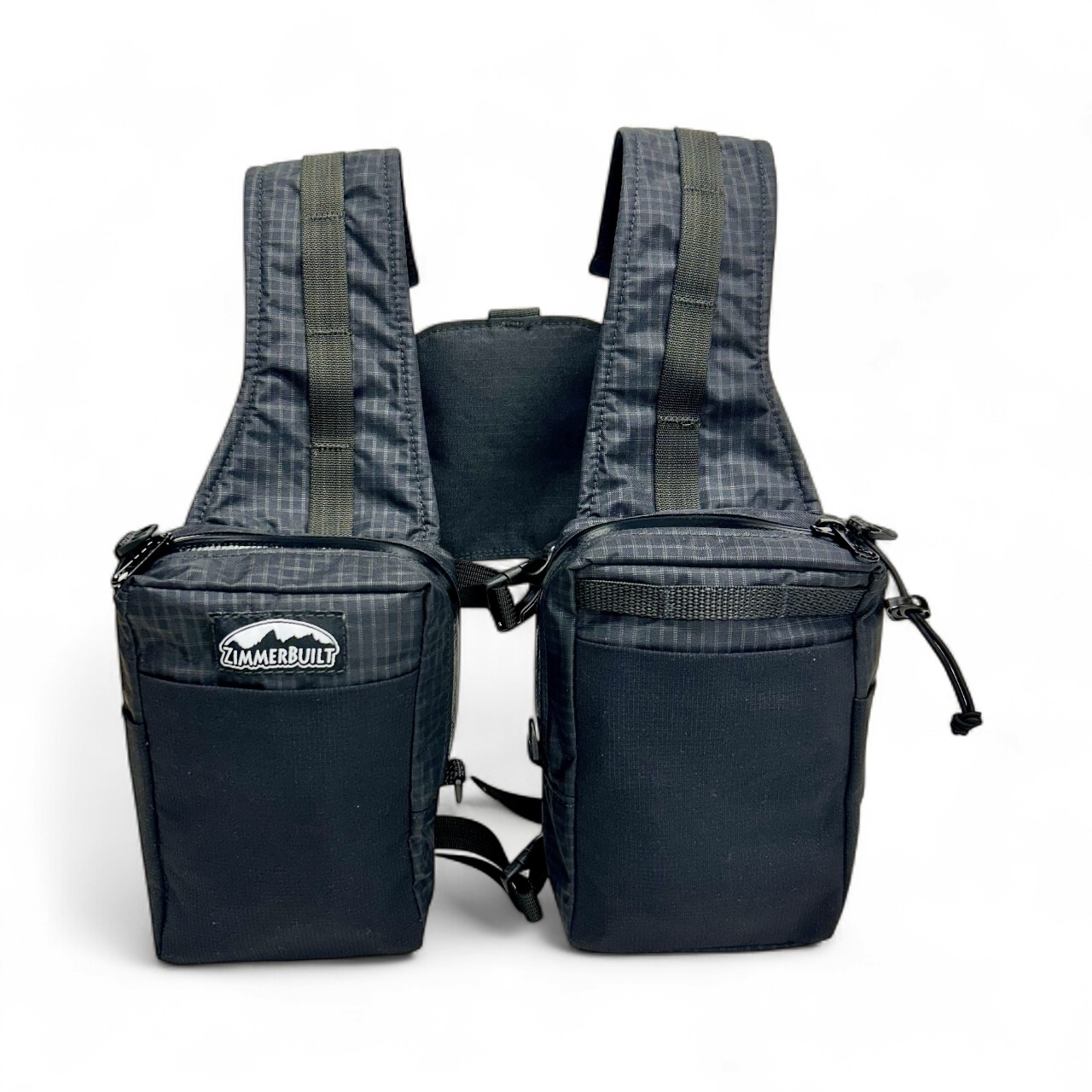 ZimmerBuilt | SplitShot C…
ZimmerBuilt | SplitShot C… 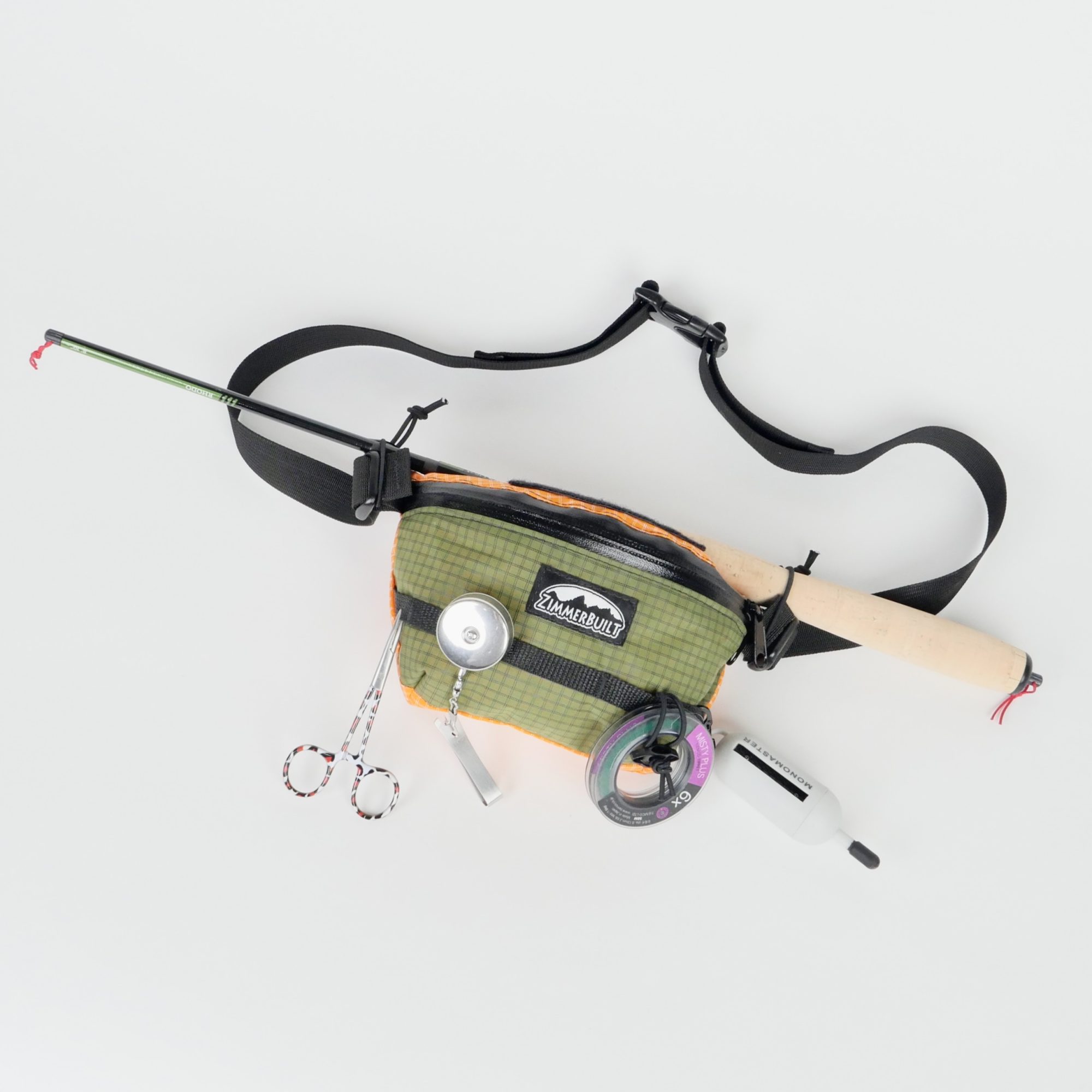 ZimmerBuilt | Darter Pack…
ZimmerBuilt | Darter Pack… 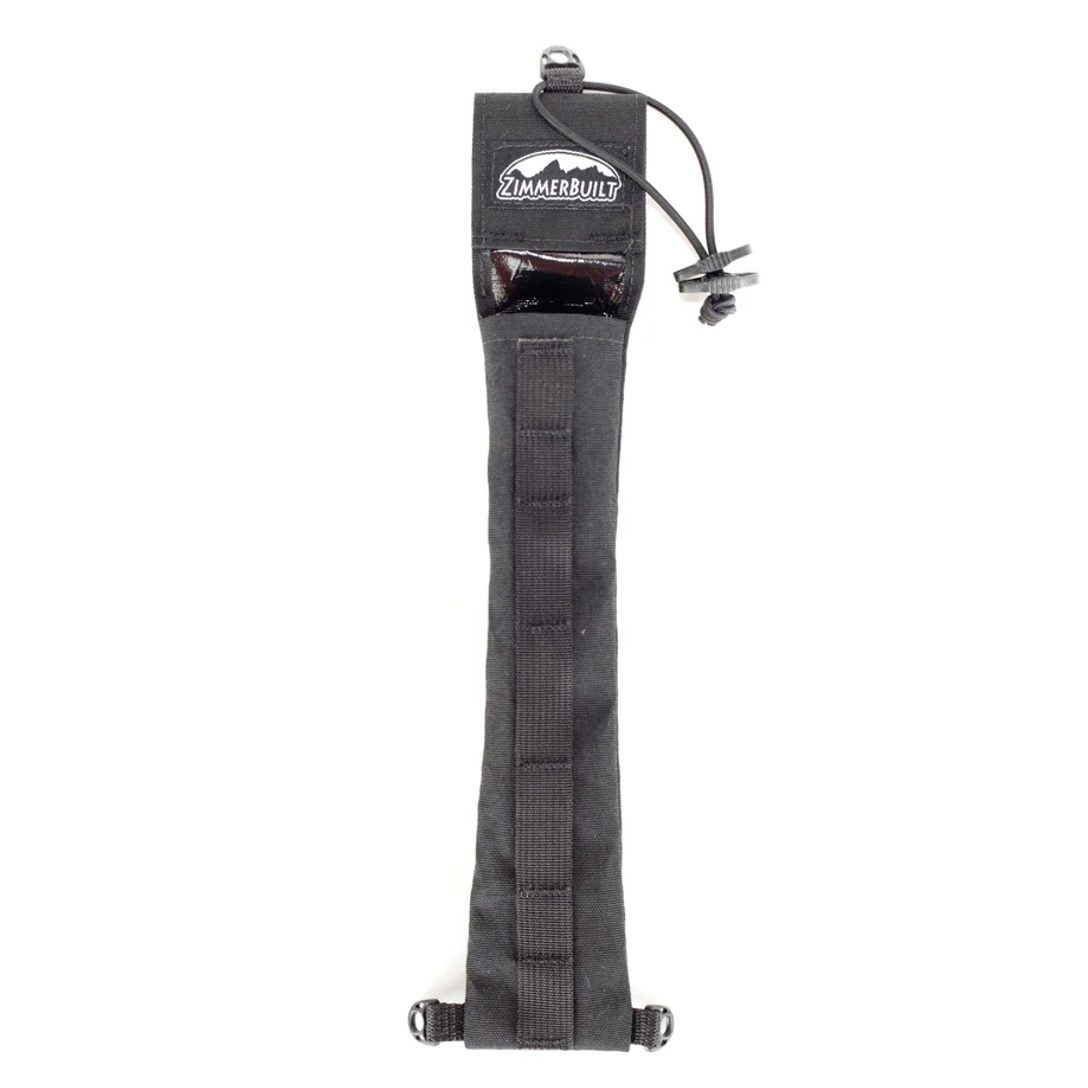 ZimmerBuilt | QuickDraw (…
ZimmerBuilt | QuickDraw (… 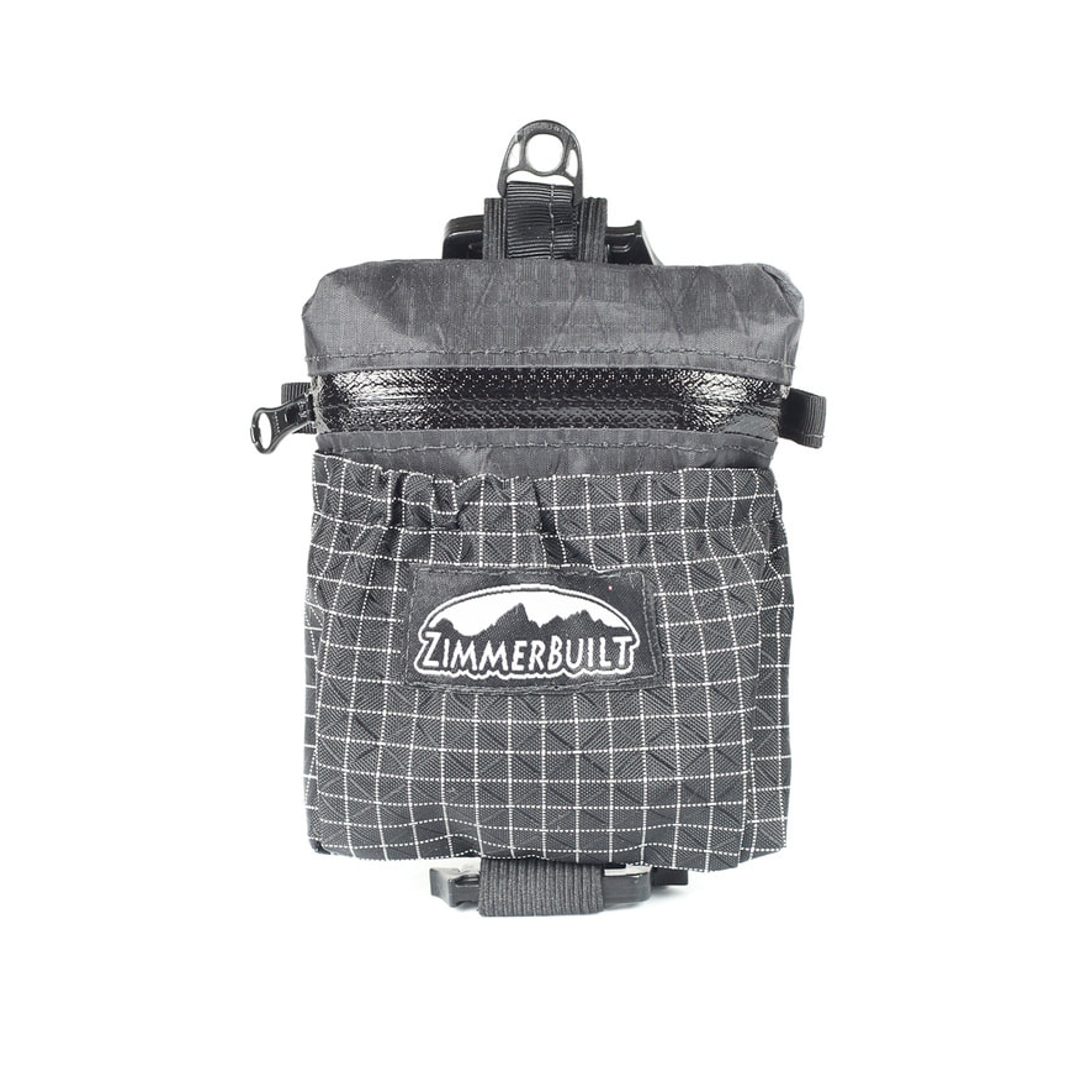 ZimmerBuilt | Micro Pack …
ZimmerBuilt | Micro Pack … 